Whether you've been recently diagnosed with COPD or have been living with the condition for years, you are bound to have lots of questions. These might include questions about your health, your disease, your medications, your treatment options, and more.
As these questions come up over the course of your COPD treatment, your doctor will be your primary source for answers. But in order to get the right answers and the information you need, you first have to know what questions to ask.
Communication between doctors and patients should never be one-way; it's just as important for you to communicate with your doctor as it is for him to explain information to you. In order to get the best treatment possible, you need to keep track of all your questions, articulate your concerns, and remember to bring them up with your doctor when you have the chance.
{{cta('b59df0c1-c4de-47a8-8e1c-0d33d4b414aa','justifycenter')}}
However, it can be easy to get distracted or forget any questions you have once you're actually in the office with your doctor. That's why it's a good idea to think about your questions and concerns ahead of time, before you get to your doctor's appointment.
In this post, we're going to go over a variety of questions that you can ask your doctor about your COPD. The answers to these questions can help you better understand your disease, how to keep yourself healthy, and how to take a more active role in your COPD treatment.
You can use these questions as a guideline when you visit your healthcare providers or as a jumping-off point to open up an ongoing dialogue with your doctor. As you read through the questions in this guide, they may even remind you of other questions and concerns you want discuss.
Questions to Ask Your Doctor About COPD
What Kind of COPD Do I Have?

COPD is an umbrella term that encompasses two distinct, but related lung conditions: emphysema and chronic bronchitis. Some people with COPD have just one of these conditions, while others have a combination of both.
Even people who show signs of both emphysema and chronic bronchitis often have one condition that is dominant. For instance, your lungs could be primarily affected by emphysema but also show signs of mild chronic bronchitis.
Before your doctor diagnoses your COPD, he will likely use a variety of tests, including spirometry (a basic lung function test), a chest X-ray, and pulse oximetry (a way to measure blood oxygen saturation). He will then consider the results of these tests along with your symptoms and medical history to come up with a diagnosis.
When you get diagnosed with COPD, ask your doctor to take the time to thoroughly explain your condition, including the difference between emphysema and chronic bronchitis and what kind of COPD you have. If there is anything you don't quite understand, don't hesitate to ask your doctor for more examples and details.
How Serious is My COPD?
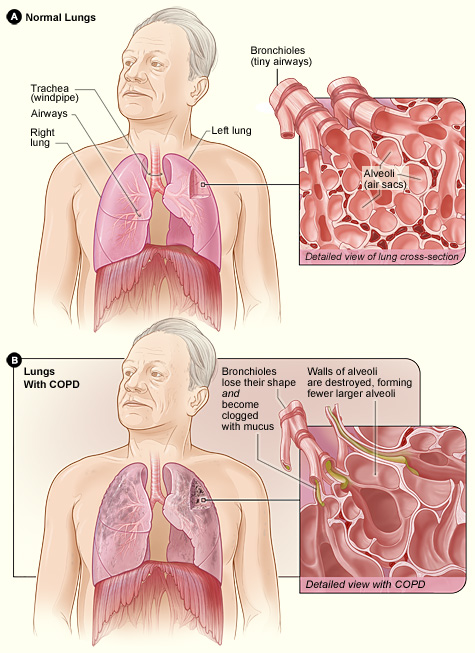
COPD is a chronic disease that slowly gets worse over time. How severe your COPD is depends on how badly your lungs are damaged and how serious your symptoms are.
When you first get diagnosed, your doctor will likely place your disease within one of four distinct stages. Stage 1 COPD is the most mild, while stage 4 COPD is the last, most serious stage of the disease.
However, every person is different, and COPD affects different people in different ways. For instance, two people who are diagnosed with the same stage of COPD could have different symptoms and complications, and their diseases could progress at different speeds.
{{cta('43b79c5e-6bd6-4f02-ac27-2d038d20c146','justifycenter')}}
That's why it's important to ask your doctor to give you a thorough explanation of your health, your disease stage, and your prognosis. Ask him to explain your test results, how exactly he made his diagnosis, and where you fit on the spectrum of COPD severity.
Continue to ask questions and get as much information as you can as your symptoms change and your disease progresses. Even if your doctor has explained something already, don't be afraid to ask him to go over it again or provide you with some helpful context.
How Did I Get COPD?

Although smoking is by far the most common cause of COPD, many other things can cause the disease. In general, just about anything that repeatedly irritates and damages your lungs over time can cause COPD.
This includes things like air pollution, chemical fumes, and occupational exposure to dangerous respiratory toxins. Other health conditions that affect the lungs, like asthma, cystic fibrosis, and AAT deficiency, can also cause COPD later in life.
If you and your doctor can figure out what caused your COPD, it can help you avoid exposing your lungs to the same hazard in the future. Unfortunately, in some cases, the exact culprit is difficult to find.
It is not always possible to pinpoint a single cause of COPD; you could be exposed to many different things over the years—such as air pollution, wood smoke, and cooking fumes—that damage your lungs. Still, discussing your medical history, occupational history, and any other possible causes with your doctor may help you better understand your disease.
Here are some things your doctor might want to know when discussing the cause of your COPD:
- When did your breathing symptoms first start?
- Have you ever smoked tobacco? (And do you still smoke tobacco?)
- Have you ever been diagnosed with asthma?
- Have you ever been frequently exposed to second-hand smoke (in childhood or adulthood)?
- Have you ever worked in an occupation where you might have been exposed to exhaust fumes, chemical fumes, wood smoke, dust, or fine particles?
- Have you ever lived in an area with heavy pollution?
- Do you use a wood-burning stove in your home?
- Has anyone in your family ever been diagnosed with a lung disease?
What Do My Test Results Mean?

If you have COPD, you will go through many different types of tests both before and after your diagnosis to help your doctor monitor and treat your disease. In fact, your doctor will likely do lung function tests (spirometry) and a blood oxygen saturation test (pulse oximetry) at every regular visit.
These tests reveal some very important things about your lungs, your heart, and your overall health. Your doctor will use the results of these tests to better understand your disease and find the best ways to treat it.
Your doctor will do some tests, like spirometry, at every check-up appointment to help him monitor changes in your lung function over time. As you go through treatment, it is important for you to understand what these tests are and what their results mean for your health.
Whenever your doctor does a test, he should show you the data and take the time to explain your results in terms you can understand. However, not all doctors take the time they should to explain things to their patients, and some doctors are simply not very skilled at explaining tough concepts in layman's terms.
That's why you should never be afraid to ask your doctor for more details and information about any of your medical test results. You shouldn't feel nervous to ask questions or feel embarrassed to admit when there is something you don't understand.
If you don't quite get it the first time around, ask your doctor to re-explain. Tell him which things you don't understand and don't hesitate to ask for more details, examples, and clarification if you need to.
Make it your goal to never leave the doctor's office with unanswered questions or concerns. Also, remember that if anything comes up later, you can call up your doctor on the phone to ask any additional questions you have.
Here are some examples of questions you can ask your doctor to better understand test results:
- What exactly does this test measure?
- How reliable are the test results?
- What do the test results say about my COPD?
- Do the test results indicate there is anything I should or should not be doing for my health?
How Do I Use My Medications?
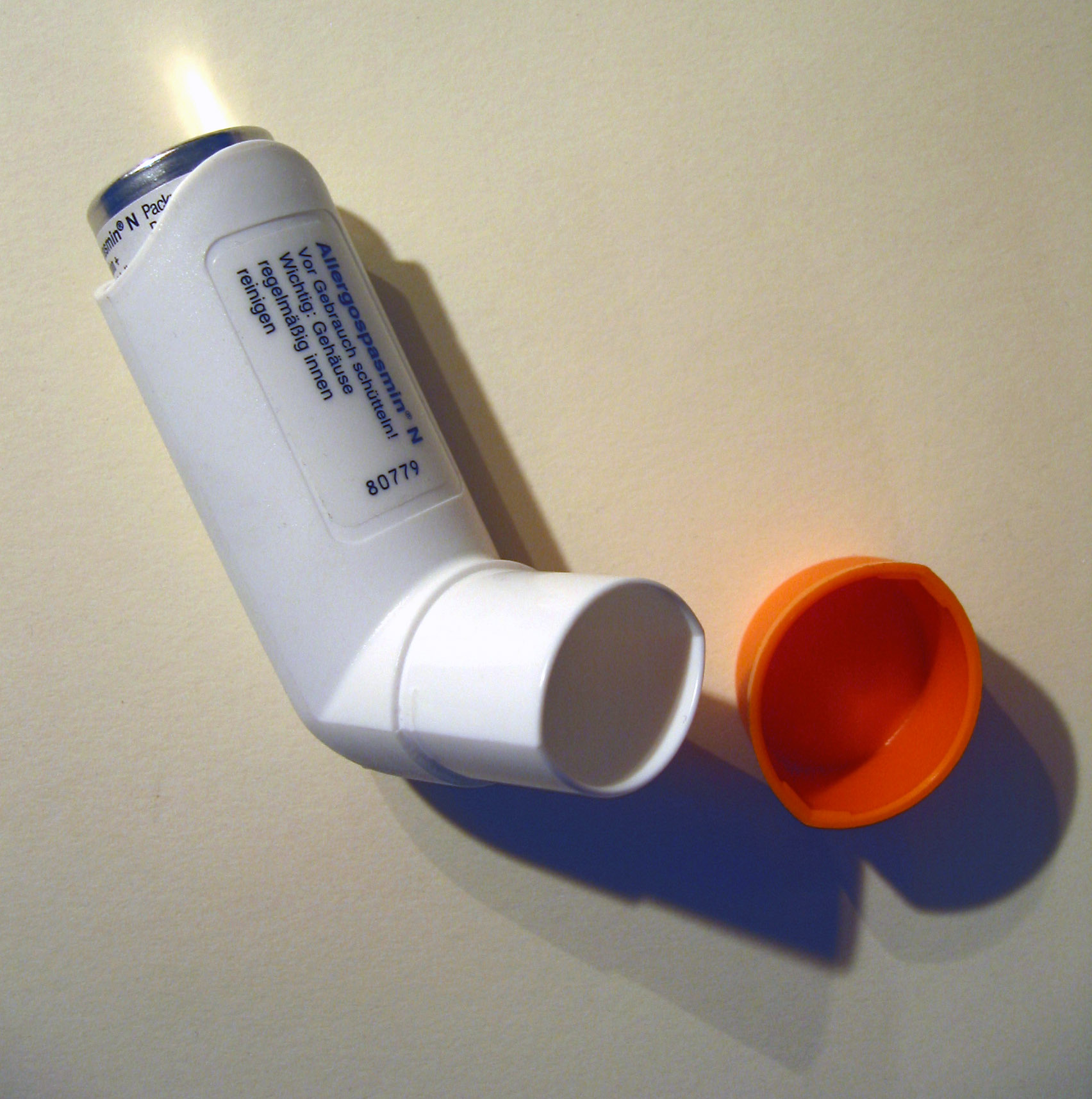
Once you've been diagnosed with COPD, your doctor will prescribe you a variety of medications that will help you keep your symptoms under control. These may include quick-relief inhalers, maintenance inhalers, anti-inflammatory medications, corticosteroids, antibiotics, and more.
The combination of medications your doctor prescribes is your most powerful tool for managing your symptoms and keeping your COPD from getting worse. That's why you should take the time to make sure you know exactly how to use them correctly.
First, you will need to ask your doctor to explain what each of your medications are and what they are supposed to do. Then, you need to know when to take each medication and how to get the correct dose.
Your doctor should provide you with a COPD action plan that explains, in brief, your daily medications along with which medications to take when your symptoms get worse. However, in order for you to be able to use this resource effectively, your doctor needs to thoroughly explain how it works and how to use it to manage your symptoms every day.
{{cta('fa8abc2a-1e88-4fa3-82fd-1cb5b9ed43b2','justifycenter')}}
You should also ask your doctor to demonstrate for you the proper way to use your inhaler. Even if you've used an inhaler before, it's important to review the correct technique and make sure you know how to use your particular type of inhaled medication.
An alarming number of COPD patients don't use their inhalers correctly, which is why it's so important to double-check your technique. You can ask either your doctor or pharmacist to demonstrate it for you, and you can ask them to evaluate your technique as well.
You should also ask your doctor to give you a printed and signed list of all the medications you take, both prescription and over-the-counter. You should keep this list handy for a variety of reasons.
You may need to present this doctor's note when you travel with prescription medications, especially if you board a plane or train. Your medication list can also come in handy as a reference for yourself, your pharmacist, or other medical professionals you see.
What are the Potential Side-Effects of My Medications?

All of the medications prescribed for COPD have the potential to cause side effects. As you go through treatment, it's important to understand the potential side effects of every medicine you take.
For example, doctors often prescribe oral corticosteroid medications to help COPD patients recover from exacerbations. But even though corticosteroids are very effective at managing COPD symptoms, they can have serious side effects; because of this, most doctors only prescribe them when absolutely necessary and only for short-term use.
That's why it's important to ask your doctor to explain the side effects of every medication he prescribes or recommends. That way, you can fully evaluate the medication's benefits and risks and more easily recognize any side effects that occur.
It's also important to keep in touch with your doctor whenever you start a new medication. Let your doctor know how well the medication is working and alert him to any side effects right away.
Some side effects are merely uncomfortable, while others are more difficult to manage or can cause serious damage to your health. Depending on the type and severity of side effects you experience, your doctor may advise you to stop the medication, reduce your dosage, or switch to a different type of medicine.
Keep in mind that side effects are much more likely when you don't follow the correct dosage. That's just one of many reasons why it's so important to use your medications exactly as directed. This includes your as-needed inhalers, which you should take care not to use more often than your doctor recommends.
Here are a few examples of common COPD medications along with their potential side effects:
- Bronchodilator Medications:
- Increased heart rate
- Shakiness
- Camping in hands, legs, and feet
- Dry mouth
- Inhaled Corticosteroid Medications:
- High blood pressure
- Thrush
- Hoarse voice
- Dry or sore mouth
- Mouth and throat infections
- Oral Corticosteroid Medications:
- Weight gain
- Weakened bones
- Weakened skin
- Elevated blood sugar
- Muscle weakness
- Increased risk for Pneumonia
- Cataracts
- Changes in mood
What COPD Triggers Should I Watch Out For?
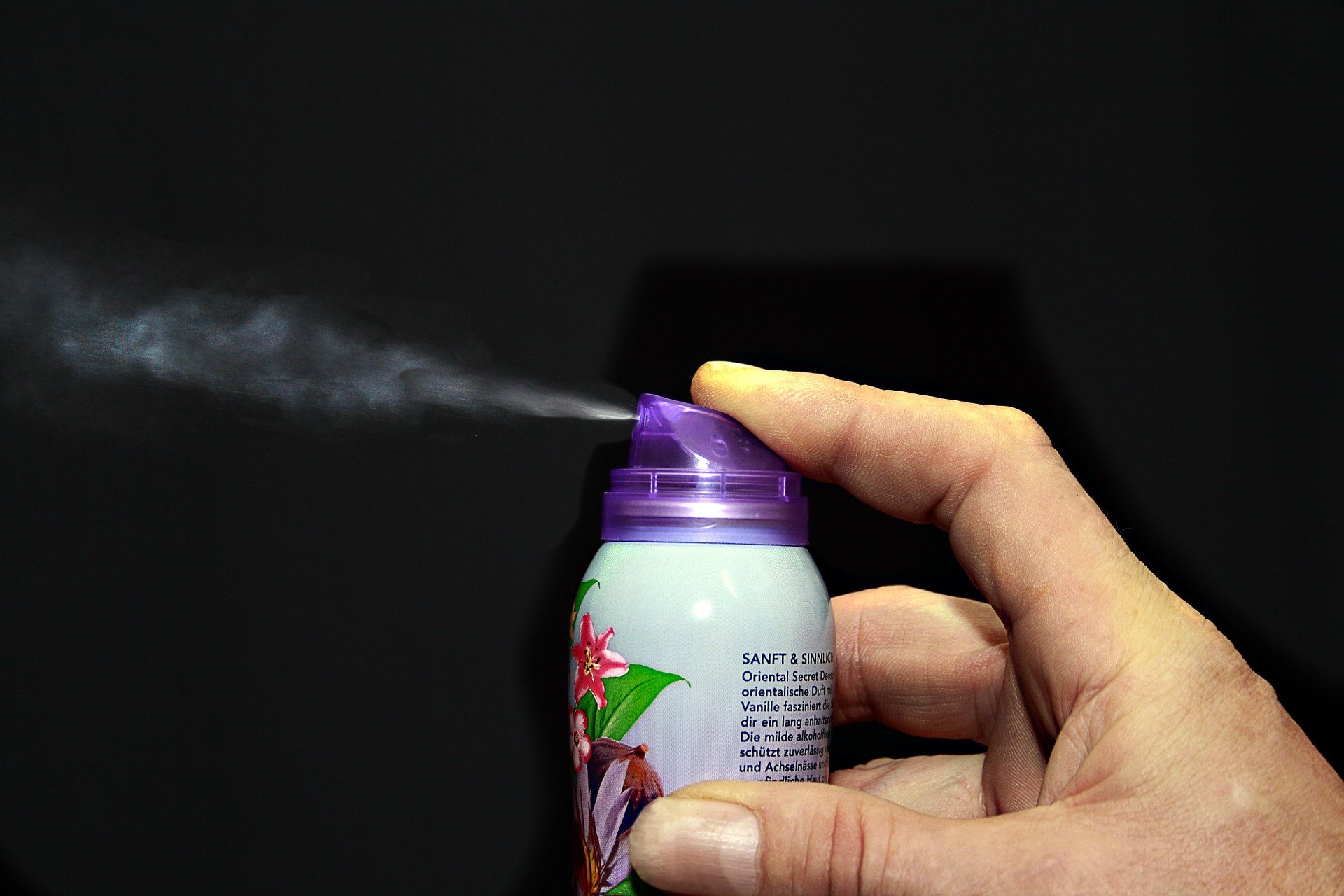
And important part of learning to manage your COPD symptoms is knowing about COPD triggers. A COPD trigger is anything that irritates your lungs and makes your respiratory symptoms worse.
A wide variety of different things can be COPD triggers, including fragrances, air pollution, allergens, and certain weather conditions. Depending on your lifestyle and the climate you live in, you may need to take special precautions to protect yourself from these and other things that irritate your lungs.
That's why you should ask your doctor to tell you all about COPD triggers. He should give you a thorough briefing on the many respiratory irritants and environmental triggers you may encounter, as well as tips for how to avoid them.
Your doctor can also alert you to common triggers that are specific to your geographical area, such as air pollution, high humidity, or seasonal allergens. He can also give you advice for reducing indoor air pollution so you can breath fresher air and manage your symptoms better at home.
You should also tell your doctor all about your lifestyle and home environment so he can help you identify any activities or conditions in your life that might trigger your symptoms. Every person is different, and which triggers your lungs are sensitive to depends on your unique biology and lifestyle as well as the severity of your disease.
What Changes Should I Make to My Diet?
In order to work at their optimum level, your lungs need lots of nutrients for fuel. Unfortunately, many COPD patients don't get enough nutrients—or don't get enough of the right kinds of nutrients—to keep their lungs and bodies strong.
The truth is that what and how much you eat can have a noticeable effect on your COPD. Too few calories and nutrients can reduce your lung function, while eating too much of the wrong things can also make breathlessness and other COPD symptoms worse.
That's why it's important to talk to your doctor about your diet and ask him what you can do to improve. That way, he can help you identify unhealthy eating habits and set better nutritional goals.
Your doctor is a great resource for learning what a proper diet looks like and how to maintain a healthy weight. He can also tell you what kinds of foods support healthy lungs and warn you against foods that may make it even more difficult to breathe.
Like all adults, it's important for people with COPD to eat a well-balanced diet full of whole foods, lean meats, and lots of fruits and veggies. However, there are some unique dietary requirements and sensitivities that many COPD patients have.
If you, like many other COPD patients, suffer from any diet-related complications, your doctor can help you resolve those issues as well. If you experience heartburn, acid reflux, weight gain, weight loss, or worsened shortness of breath after meals, you should bring these issues up with your doctor right away.
If you need more guidance, your doctor can also refer you to a nutritionist or dietitian to help you get on track. These specialists can help you develop a more detailed and personalized diet plan that takes your personal lifestyle and unique health needs into consideration.
What Kind of Exercise Should I Get?
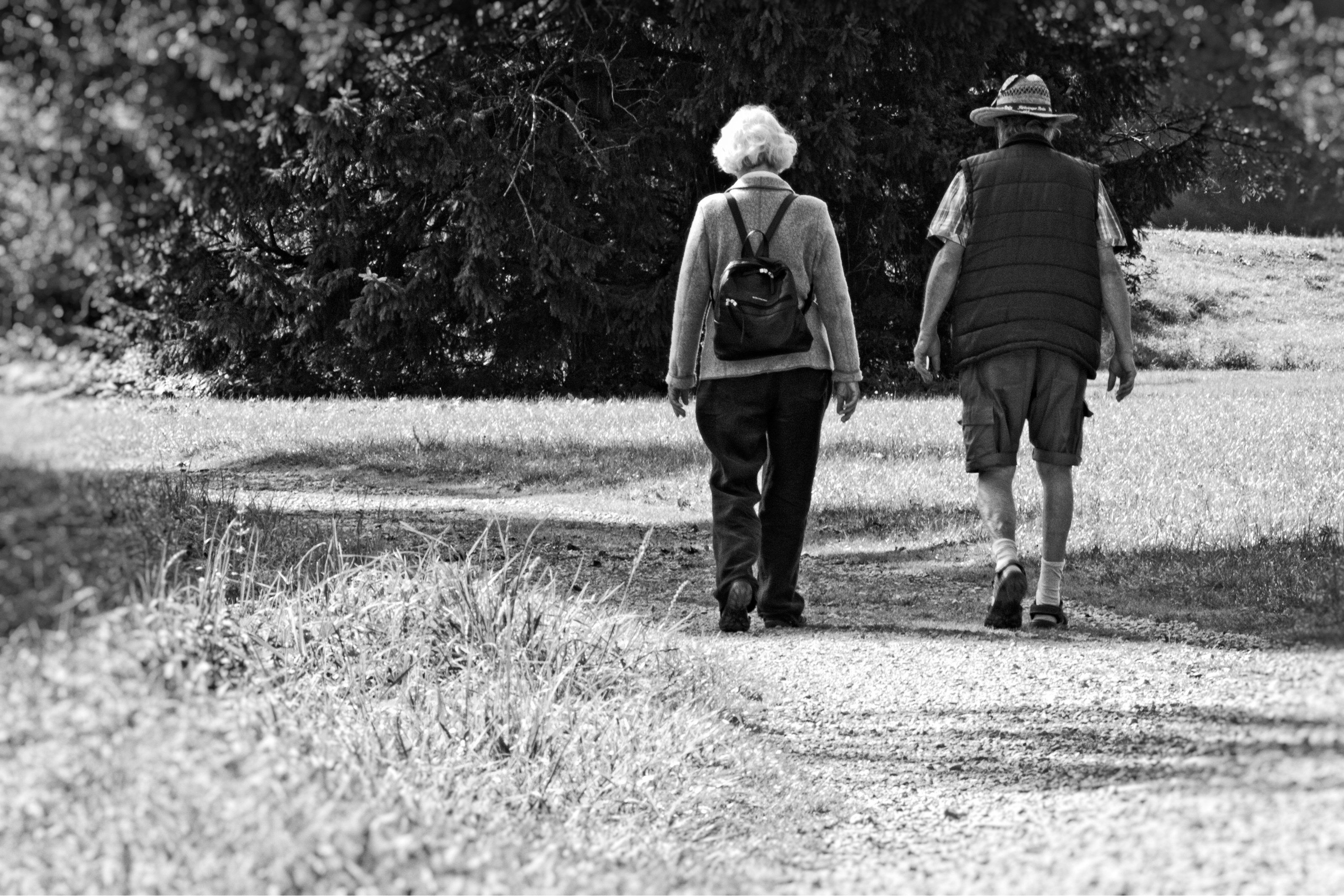
Exercise is not only safe, but extremely beneficial, for the vast majority of people with COPD. While it may be difficult at first, getting enough physical activity improves your overall health and may even improve your ability to breathe over time.
Even if you suffer from symptoms that make exercise difficult, it's important to do what you can to keep yourself active. You just have to take it slow, start with light activities you can manage, and gradually do more as your physical abilities improve.
Getting started is often the most difficult part, especially if you aren't used to exercising on a regular basis. That's why you should ask your doctor to help you put together an exercise plan that is feasible and suitable for you.
Your doctor can tell you what kinds of exercises are safe and help you find activities that are appropriate for your level of fitness. He can also give you tips for reducing shortness of breath and managing your symptoms during physical activity.
If you have very severe symptoms, limited mobility, or just need some extra help getting started, your doctor can also refer you to another specialist that can help. Many patients are able to overcome obstacles and get on the track to better physical fitness by working with a personal trainer, physical therapist, or joining a pulmonary rehabilitation class.
Will I Need to Use Supplemental Oxygen?

As your disease progresses and your lung function gets worse, you may need to use supplemental oxygen to help your lungs meet your body's oxygen needs. Many, but not all, COPD patients end up needing oxygen therapy eventually.
Oxygen therapy isn't usually needed unless your lungs get to the point that they are no longer able to keep your blood saturated with oxygen on their own—a condition known as chronic hypoxemia. If your blood oxygen concentration begins to frequently drop below about ninety percent, your doctor may decide it's time for you to start using supplemental oxygen.
Once you start oxygen therapy, it is likely that you will need to continue using it for the rest of your life. However, some patients end up only needing oxygen for a short period time while recovering from a serious COPD exacerbation.
It's a good idea to discuss the possibility of oxygen therapy with your doctor early on in case you need it at some point during treatment. That way, he can explain how oxygen therapy works and how he will determine if and when you need to use supplemental oxygen.
Talking to your doctor ahead of time can help you feel more prepared if the time to begin oxygen therapy eventually comes. He can also clear up any questions or worries you have about using supplemental oxygen.
Your doctor can also help you take a more active role in your treatment by teaching you to recognize symptoms that indicate your blood oxygen levels are low. That way, you can alert your doctor if you notice the signs of worsening hypoxemia.
If you do use oxygen therapy, make sure your doctor takes the time to explain how to use it, when to use it, and how to get the dosage right. He should also go over basic safety precautions for handling your oxygen equipment to prevent dangerous fires and other accidents.
Before using your oxygen equipment, ask your doctor as many questions as you can think of to make sure you thoroughly understand how to use oxygen therapy safely and correctly. Oxygen is a medicine, and, like other medicines, it can be dangerous if you don't use it as directed.
How Can I Slow Down the Progression of My COPD?

Unfortunately, there is no actual cure for COPD. However, research shows that there are certain things you can do that may be able to extend your life and slow down the progression of the disease.
For example, if you smoke, quitting can reduce how quickly your lung function declines and allow you to live longer. Making other lifestyle changes, such as being more active and improving your diet, may also slow the rate at which your COPD worsens.
However, every case of COPD is different, and how quickly your symptoms progress dep
.png)
Chronic obstructive pulmonary disease (COPD) is a progressive lung disease that affects around 16 million people in the United States alone. While there is no “cure” for COPD, the rate that it progresses can be slowed significantly with healthy lifestyle choices and therapy options such as pulmonary rehabilitation, oxygen therapy, and nebulizer therapy. COPD is a debilitating condition meaning it can affect your ability to get around. But despite this, many people with COPD have been able to live active lives.
One activity in particular that many COPD patients may have trouble doing is grocery shopping. Many people enjoy going to the store because it can be therapeutic and it allows them to plan their own meals. However, on the other hand, grocery shopping requires a lot of walking and lifting which can be made more challenging by increased breathlessness, chest pain, and chronic fatigue.
{{cta('fa8abc2a-1e88-4fa3-82fd-1cb5b9ed43b2','justifycenter')}}
In this post, we’ll take a look at some actionable tips for making grocery shopping a little bit easier and accommodating of your lung condition. And if you are unable to make it to the grocery store, we’ll provide you with some interesting alternatives that you can try. As always, if you have any questions or concerns, please feel free to leave them in the comment section below.
Speak With Your Doctor
Before you start planning your trip to the grocery store, it’s very important that you speak with your doctor. While it would be nice if there was one simple dietary plan that every COPD patient could follow, the truth is, no two people have the same nutritional needs. Your doctor will work closely with you to determine what foods you should be eating based on the severity of your COPD, your age, and whether or not you have any comorbidities like diabetes, sleep apnea, or cardiovascular disease.
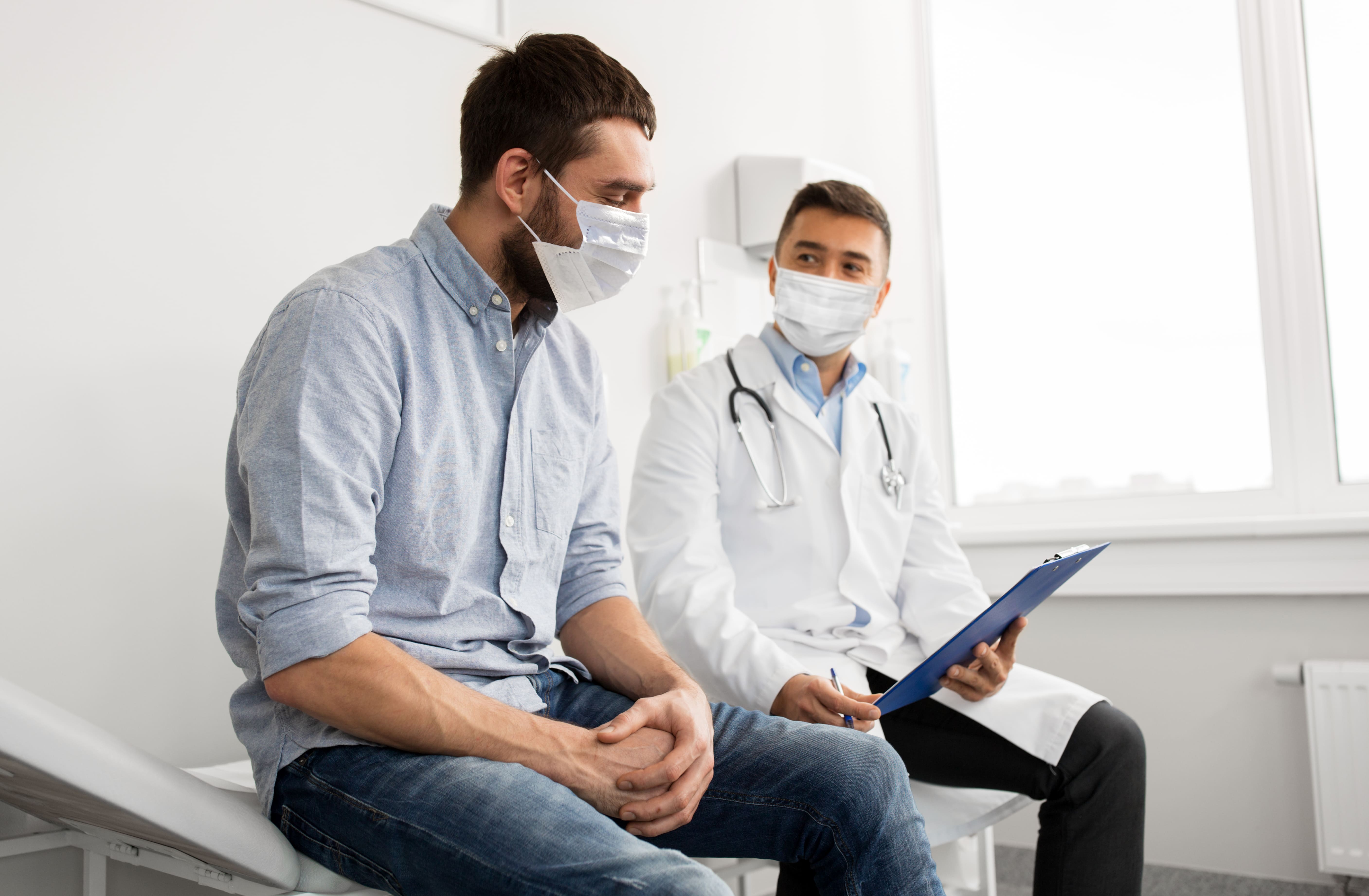
Diet and respiratory health are inextricably linked. Whenever you eat, the food consumed is used as raw materials in a process called cellular respiration. This is when the oxygen that you take into your lungs is used to break down food and turn it into usable energy for your entire body. If you eat unhealthy foods or you don’t have the proper balance of nutrients, your lungs will not have the energy and strength they need to function properly.
You not only need to know what to eat but how much to eat as well. If you don’t eat enough food and you’re malnourished, you likely won’t have the energy to go about your daily life and do things like grocery shopping or cooking. Many COPD patients are underweight because eating can lead to bloating, chest pain, and fatigue. If this is the case, your doctor may closely manage your diet to ensure you’re getting enough protein and healthy fats in your diet. He/she may also prescribe you medication that helps you cope with bloating and fatigue after eating.
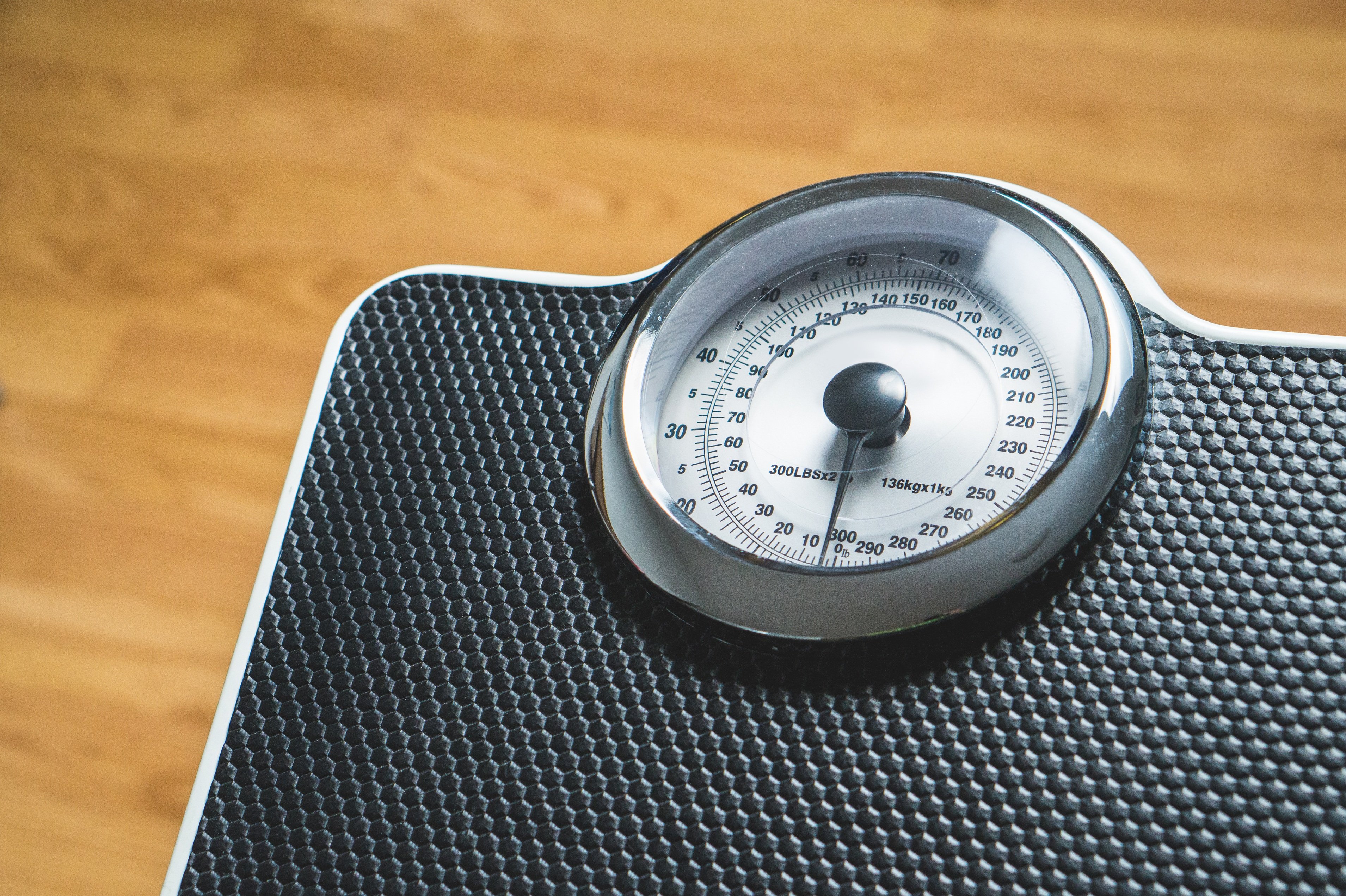
On the other hand, being overweight can also cause a lot of problems in COPD patients. While overweight is far less common in COPD patients, the added weight can lead to obstructed breathing. If you are overweight, your doctor will likely make adjustments to your fitness routine to ensure you’re getting the right amount of exercise. Spreading meals throughout the day and implementing portion control can also help alleviate weight problems. Atrophy (muscle wasting) is a common cause of weight loss in COPD patients, so it’s important to lose weight in a healthy way that burns fat rather than muscle.

Last but certainly not least, you should not hesitate to address any questions or concerns you have about grocery shopping, cooking, and diet with your doctor. If you think you have a “weird” question, chances are, there are many other people out there who have the same question, so it’s best to just speak your mind. One good way to do this is to keep a notepad handy as you go about your day and write down any questions you have as you think of them. Once it comes time to visit your doctor, simply hand him/her the notepad.
Take Time to Plan Ahead
Going to the grocery store with COPD is all about planning. The more prepared you are, the better you will be able to deal with complications as they arise. Before heading out the door, you might want to create a list of emergency contacts that you can call if you experience a flare-up in your symptoms and need someone to come get you. According to Healthline, the average COPD patient experiences between 0.85 and 1.3 exacerbations a year so it’s best to be prepared no matter where you’re going or what you’re doing.
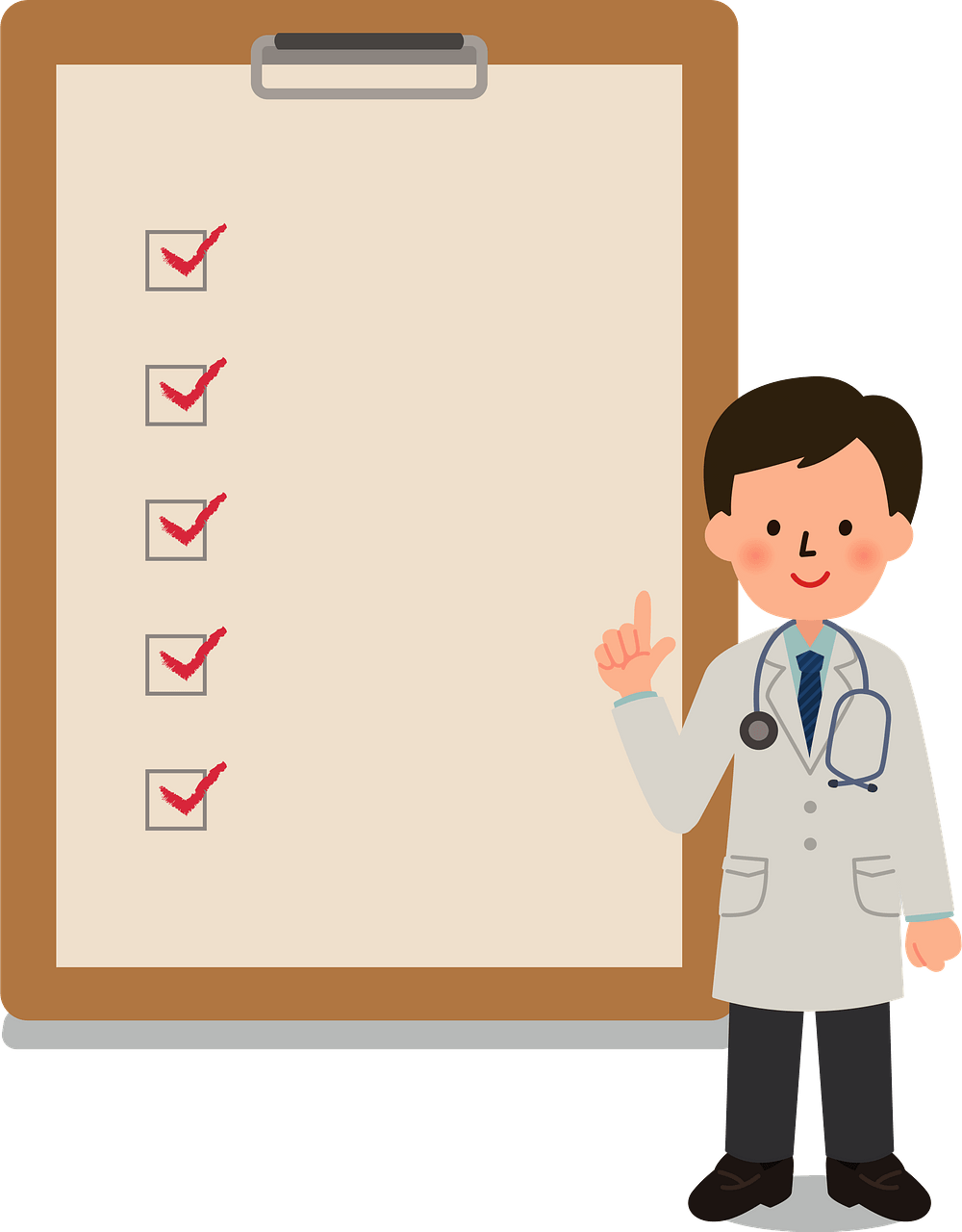
COPD is an invisible disease in many ways meaning nobody is going to know that you have COPD just by looking at you. This is why it’s important to have a plan rather than relying on strangers in the grocery store if you experience a flare-up. If you’re able to, you might consider reaching out to a friend and schedule days to go to the grocery store together. This could be another person with COPD or a healthy individual, but what matters is that they understand your disease and how to deal with a flare-up or exacerbation.
Research Nutritional Information and Brands
One thing you should get in the habit of doing is being more careful about the brands you buy and the nutritional labels on the back of each product. Unfortunately, there is a lot of deceptive advertising out there to make you think that you’re eating healthy food when you’re really not. According to Truth in Advertising, 70 percent of consumers make buying decisions while they are in the store making them more susceptible to false advertising.
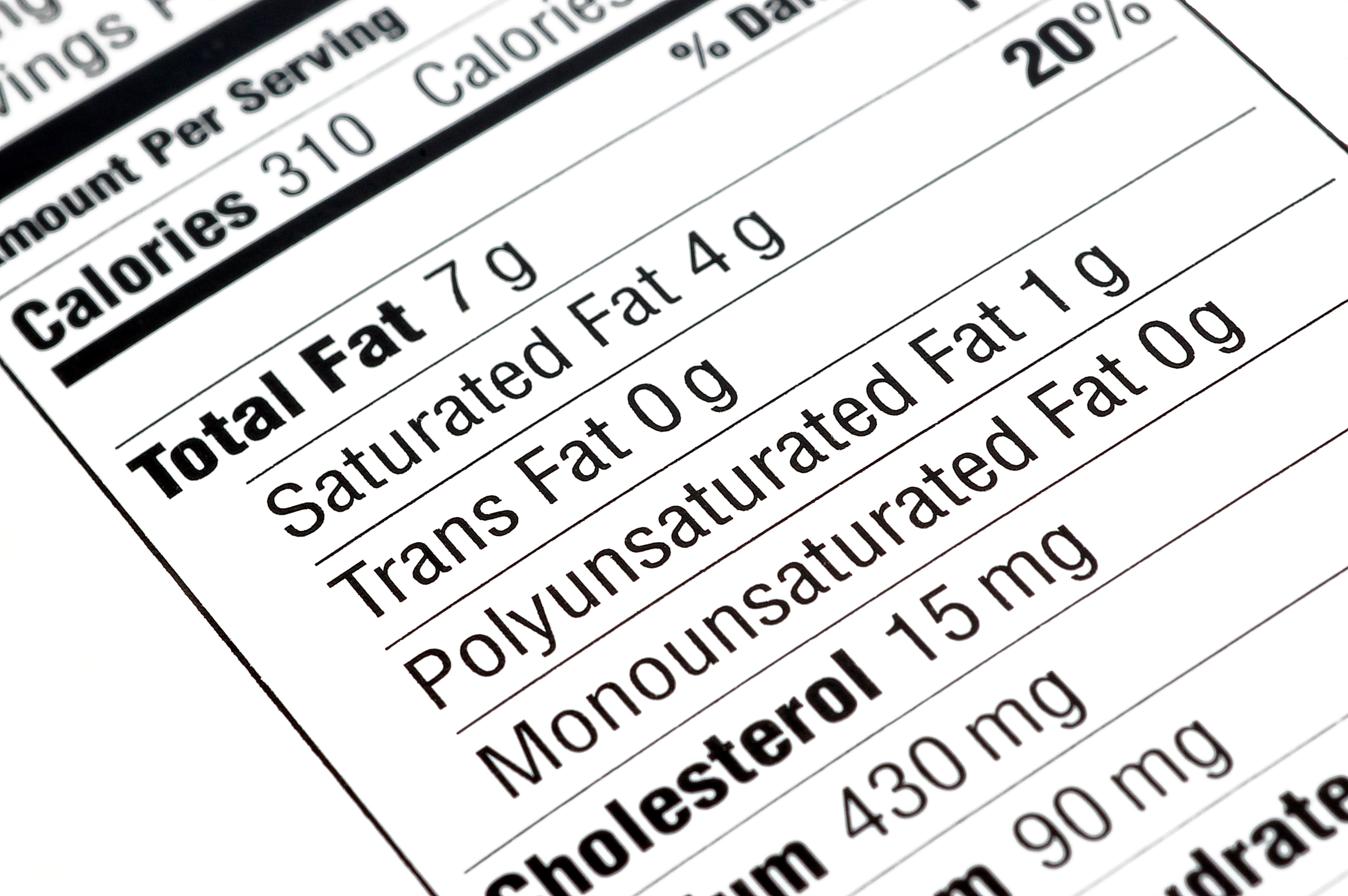
Remember that stores are specifically designed to get shoppers like you to spend more money. But “spending more money” doesn’t always mean getting healthy and nutritional food. If you’re in the store looking at a wall of different products, don’t just take the first one you see. Take some time to read the nutritional label on each of them and determine which one is best suited for your dietary needs. Also, be sure to write down which ones you choose so that you know for next time.
Find the Right Portable Oxygen Concentrator
Medical oxygen is a core aspect of most COPD treatment plans. Using supplemental oxygen throughout the day as prescribed allows COPD patients to keep their blood oxygen levels stable while preventing breathlessness, chest pain, and coughing. The problem, however, is that oxygen tanks are very bulky and the longer you want to stay out of the house, the heavier your tank will be.
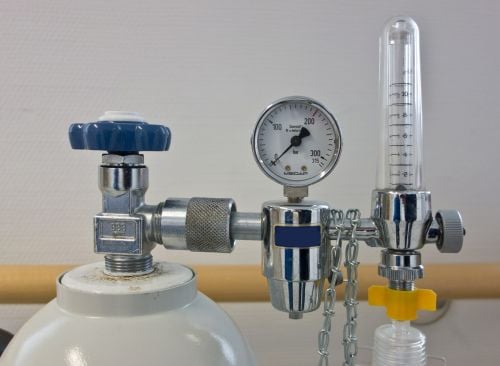
Fortunately, there is a better alternative to oxygen tanks called portable oxygen concentrators. Unlike oxygen tanks which store compressed oxygen, oxygen concentrators are electronic devices that take in ambient air, remove nitrogen, argon, and other gases, then put out medical-grade oxygen. The benefit of this is that you don’t need to buy a large, heavy oxygen tank just to get out of the house, you just need enough batteries to last the duration of your trip.
{{cta('b59df0c1-c4de-47a8-8e1c-0d33d4b414aa','justifycenter')}}
One of the most popular portable oxygen concentrators on the market in 2021 is the Caire FreeStyle Comfort. This unit weighs in at only 5 pounds making it one of the lightest portable oxygen concentrators ever produced. But that’s not all that it has going for itself. The FreeStyle Comfort has a maximum oxygen output of 1,050 milliliters per minute (ml/min) of medical grade oxygen (5 pulse flow settings) and offers up to 16 hours of battery life on one charge while using the 16-cell battery.

Another great affordable portable oxygen concentrator is the Inogen One G5. Much like the FreeStyle Comfort, the G5 is lightweight, weighing in at only 4.7 pounds. It also has the highest oxygen output of any pulse dose portable oxygen concentrator with 1,260 ml/min of medical-grade oxygen. Last but not least, it offers up to 13 hours of battery life on one charge using a 16-cell battery.
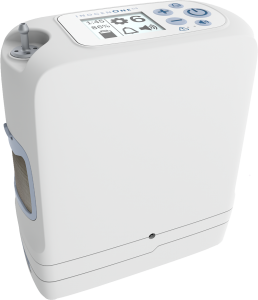
Needless to say, there are plenty of options available to you in terms of portable oxygen concentrators. Rather than going with the first one you find, you should take the time to speak with a respiratory specialist who will be able to align you with the POC that best meets your wants and needs. Remember that you will need a prescription from your doctor or pulmonologist in order to purchase or rent a medical-oxygen device.
Bring Your Rescue Inhaler
A rescue inhaler is a small portable device used to administer inhaled medications. Most respiratory patients including people with asthma and COPD are prescribed an inhaler because it provides quick relief during respiratory exacerbations. Fast-acting bronchodilators act quickly to open up the airways, clear mucus, and alleviate breathlessness so it’s important to carry yours with you and keep it handy whenever you go to the grocery store.
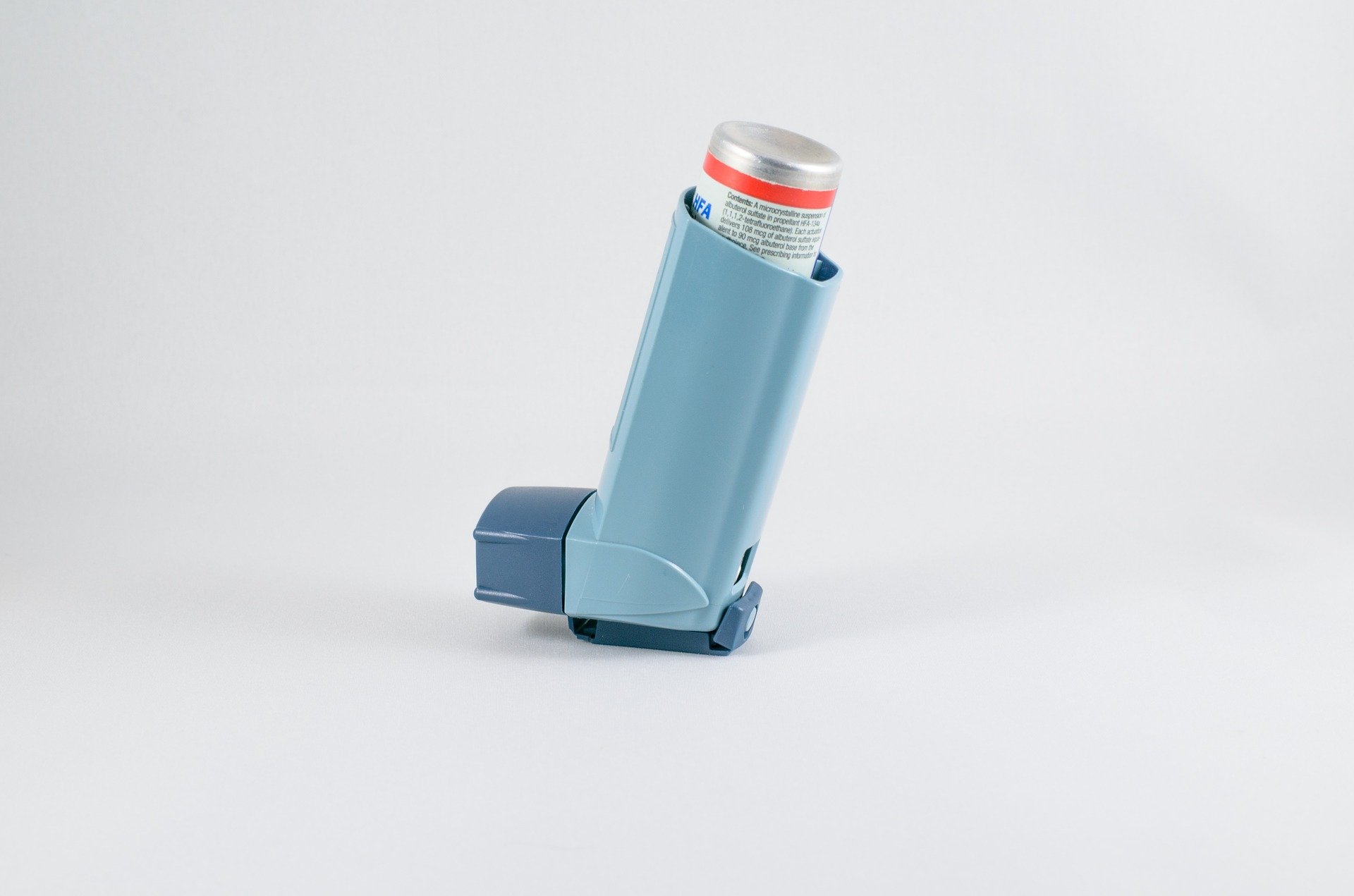
Unfortunately, inhalers are notoriously difficult to use. Unlike nebulizers which deliver medication in a constant stream, allowing you to breathe at your own pace, inhalers require you to inhale sharply in order for the medication to reach your lower respiratory system. This can be really challenging for some COPD patients, especially people with more severe lung impairment. One great way to combat this is to use an inhaler spacer. A spacer is a plastic piece that attaches to your inhaler mouthpiece and holds the medication for longer, giving you more time to inhale it. If you’d like more information on using an inhaler more effectively, please read this article.
Use Mobility Aids
A mobility aid is a device that helps you get around more easily. Devices like walking canes, walkers, manual wheelchairs, and electric scooters can be invaluable tools for anyone with COPD. Many grocery stores have electric scooters at the door to make it more accessible for people with disabilities. These scooters usually have a basket on the front or back so that you can store your groceries, so be sure to take full advantage of these if you see them in your store.

Choose the Right Time and Day
Choosing the right day and the right time to go to the store can make a world of difference. Going during peak hours will mean spending more time in lines and you might be forced to rush through your grocery shopping. For someone with COPD, this is not ideal because you need to be careful about the products that you’re buying. Additionally, there’s usually added stress and anxiety when you go during the busiest hours.

According to Thrillist, the busiest times at grocery stores are Saturday afternoons between 1 pm and 3 pm and weekdays after 4 pm or 5 pm. The least busy time is Monday mornings and any weekday before noon. Planning your grocery store trip during these times will make your shopping experience much more pleasant and you won’t feel the need to rush through what you’re doing just to get out of someone’s way.
Learn the Store’s Layout
As you go through the store for the first time, you should take note of where everything is located. You don’t need to write down everything, but you should keep track of what isle number your favorite products are located in. This will make it much easier to plan your shopping list next time you go to the store.

Consider Grocery Delivery Services
Last but certainly not least, you may want to consider either doing grocery pickup or have your groceries delivered to your home. Grocery pickup is where you order your groceries online and then you simply have to drive to the store to pick them up. This will save you a lot of time and you won’t need to worry about walking around the store to find the groceries you need. Simply pull up, load the groceries into your car, and you’re all set.

Another option is grocery delivery. Grocery delivery is usually done by third-party companies like Instacart or Shipt and will provide you with even more convenience than in-store pickup. However, the one downside to having your groceries delivered is that you will have to pay a delivery fee, so this is not a great option if you just need a few things.
Conclusion
Grocery shopping and cooking are two activities that many people love to do. However, if you’re living with COPD or any other type of chronic lung disease, you may find it difficult to find the energy to do these things. What’s more, you might worry about not having enough medical oxygen to last the duration of your trip to the store. Follow the tips above to get you started with grocery shopping in a way that’s safe and accommodating for your respiratory illness.
Here at LPT Medical, we strive to provide as many oxygen patients as possible with high-quality, lightweight, and easy-to-use portable oxygen concentrators. Unlike old outdated oxygen tanks, portable oxygen concentrators enable you to go wherever you please without restriction. With long-lasting lithium-ion batteries, you’ll never have to worry about running out of oxygen while you’re out of the house. And taking a trip to the grocery store will be a breeze with POCs like the Inogen One G5 or Caire FreeStyle Comfort.
Whether you simply have a question about portable oxygen concentrators or you’re looking for a great deal on a new or used portable oxygen concentrator, don’t wait to reach out to our respiratory specialists here in Denver, Colorado. You can reach us by phone at 1-888-416-3855 or by email at info@lptmedical.com. Alternatively, you can leave a comment below expressing your interest in an oxygen concentrator and we will reach out to you with more information.

If you’ve just been diagnosed with chronic obstructive pulmonary disease (COPD), you’re probably just beginning to learn about some of the common symptoms associated with this disease. Most people — whether they’re early stage, late stage, or anywhere in between — will experience breathing difficulties, chest pain, and a chronic cough. And as it progresses, COPD patients are more likely to experience complications like hypertension, recurring respiratory infections, and heart problems.
Unfortunately, it’s not always easy to identify the root cause of COPD symptoms. For example, you might wake up one day feeling more chest pain or stiffness than usual. This could be caused by many things such as changes in environmental factors, your diet, exercise routine, or medication. If you experience an unusual or recurring symptom, be sure to take note of it and address it with your doctor during your next appointment.
{{cta('fa8abc2a-1e88-4fa3-82fd-1cb5b9ed43b2','justifycenter')}}
One fairly common symptom of COPD you should know about is bronchospasms. This occurs when your airways narrow, leading to difficulty breathing, chest pain, and coughing. If you’d like to learn more about bronchospasms, read on to discover what causes them, how they can affect your respiratory health, and much more. If you have any questions or concerns, don’t hesitate to leave them in the comment section below or reach out to us.
What are Bronchospasms?
Bronchospasms (also called bronchial spasms) result when your airways constrict making it difficult to breathe. As the name suggests, bronchospasms affect the bronchial tubes or the “bronchioles” in the lungs. These tubes are responsible for the transfer of air to and from the lungs. However, when they begin to constrict they don’t allow air to be transferred properly, often causing wheezing and chest pain. The bronchioles contain what’s called “involuntary” smooth muscle fibers. This means that you can’t consciously control these muscle functions similar to how you can’t control when your heart pumps blood.

Your ability to take oxygen-rich air into your lungs and expel carbon dioxide-rich air is imperative for your overall health and well-being. Oxygen that enters the lungs is transferred to the blood through the alveoli, tiny air sacs that scatter the lungs. From there, your blood vessels carry oxygen to every organ in your body. Oxygen is an essential resource for every organ and tissue because it breaks down food so that your body can use it as energy. When tissues or organs don’t have the oxygen they need to function properly, it is called hypoxia.
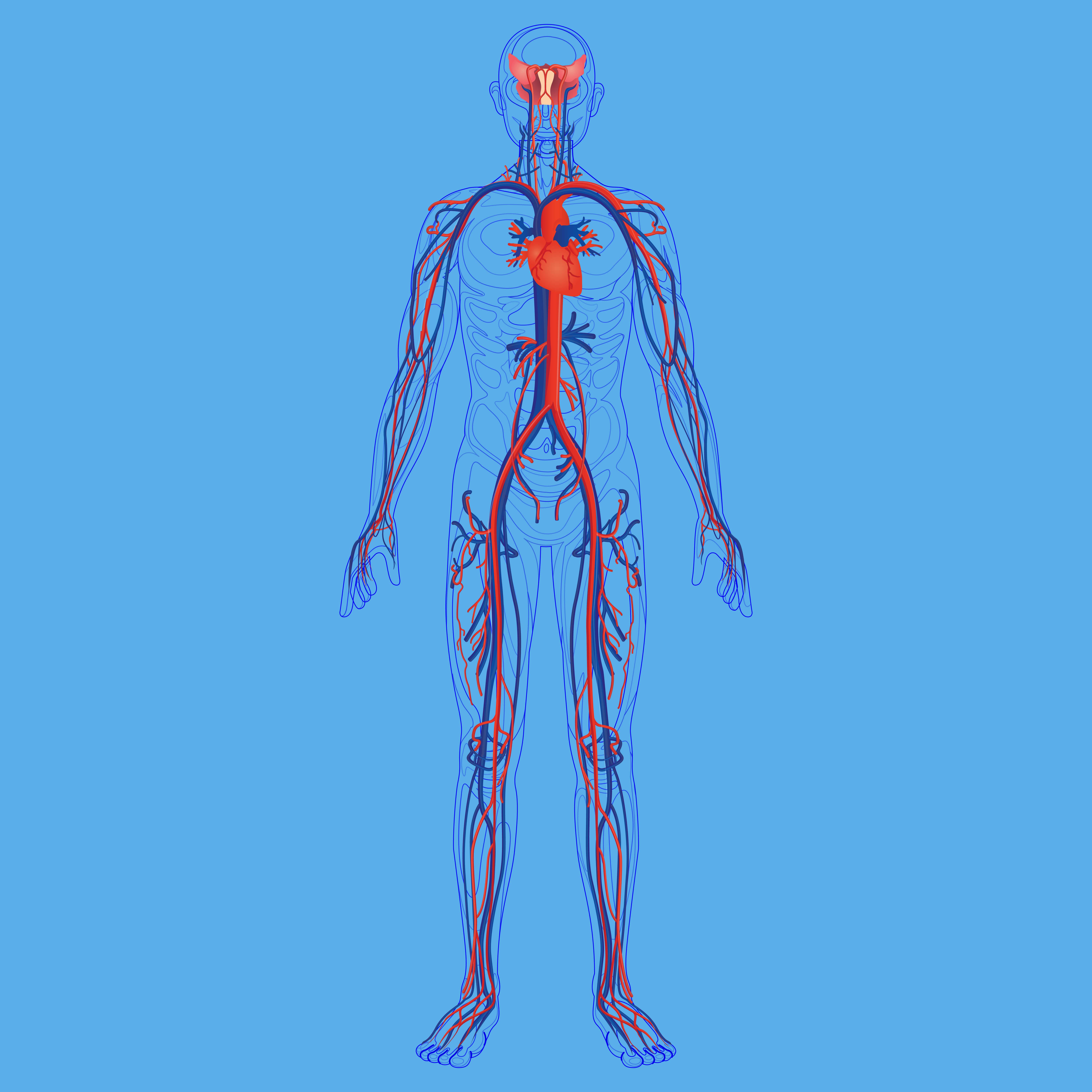
Not only do bronchospasms block air from coming into the lungs, but they can also block air from going out. This is equally problematic because your lungs need to be able to replace carbon dioxide-rich air with oxygen-rich air, otherwise carbon dioxide will begin to build up in the blood. Too much carbon dioxide in the blood is called hypercapnia and it can result in many of the same symptoms as a lack of oxygen like shortness of breath, fatigue, and dizziness.
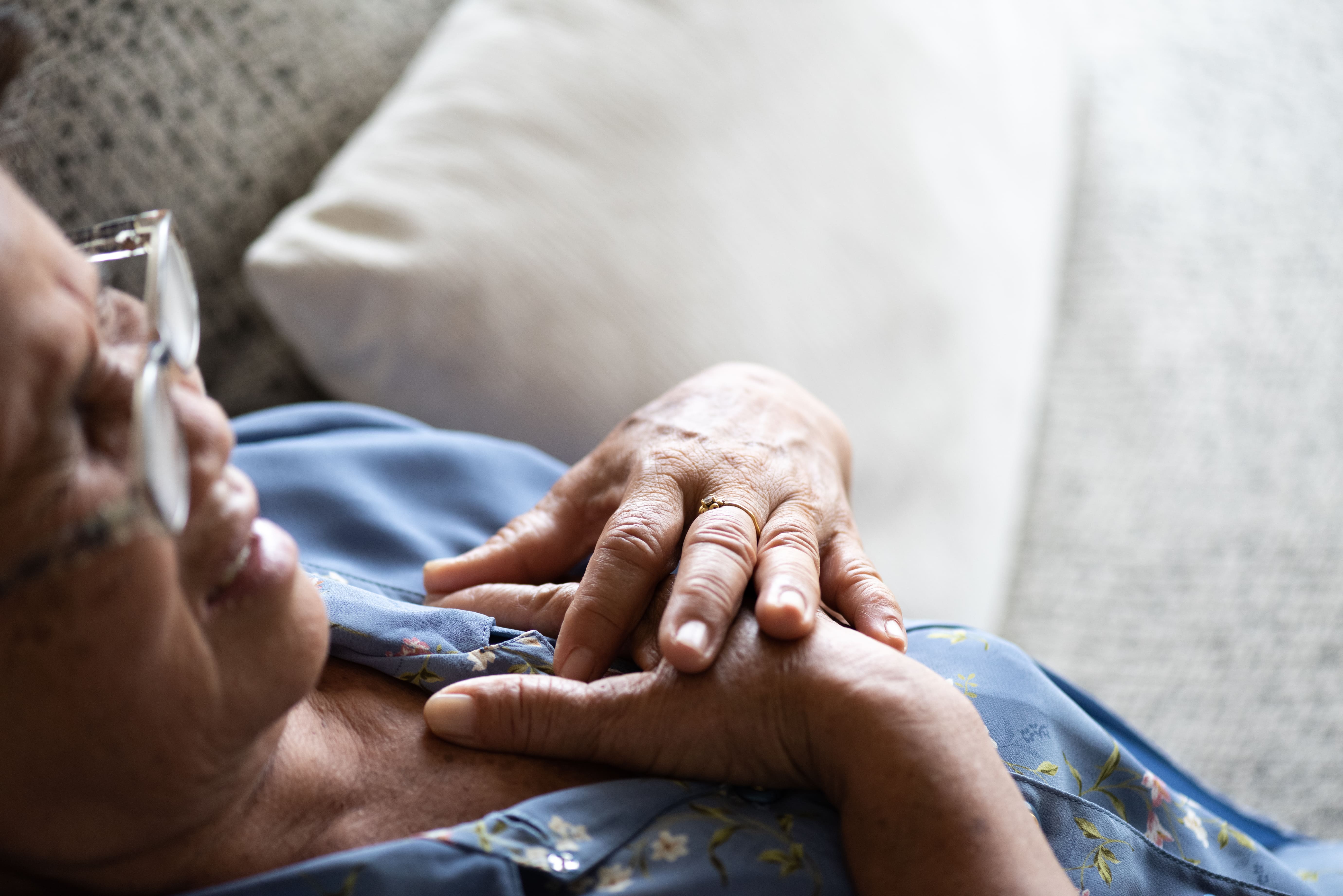
Bronchospasms primarily occur in patients with chronic bronchitis or asthma. Chronic bronchitis is one of two chronic respiratory diseases under the umbrella term “COPD.” The other being emphysema which affects the alveoli in the lungs. While chronic bronchitis and asthma share many symptoms such as wheezing, shortness of breath, and chest tightness, they have different causes. Chronic bronchitis is primarily caused by cigarette smoking and asthma is mostly hereditary. Bronchospasms can also be induced by anaphylaxis (a severe allergic reaction) or exercise.
What Causes Bronchospasms?
There are many different causes of bronchospasms so it will be challenging to narrow down what’s causing your symptoms without speaking with your doctor. There may be one specific thing that’s causing your bronchospasms or there could be multiple things involved. Let’s take a look at some of the potential causes of these symptoms.
Air Pollution
Pollutants are one of the most common and avoidable causes of bronchospasms. According to the Centers for Disease Control and Prevention (CDC), there are six criteria of air pollutants including particle pollution, sulfur oxides, ground-level ozone, nitrogen oxides, lead, and carbon monoxide. All of these types of pollution can lead to respiratory exacerbations including bronchospasms, chest pain, coughing, and wheezing.
![]()
The best way to avoid hazardous air pollution is by checking the air quality in your area before you go outdoors. AirNow.gov is an excellent resource for asthma and COPD patients who want to be more conscious about the quality of air they’re breathing. Simply type in your area code or city and you will be provided with a forecast of the air quality in your area. It will specify the types of pollutants that are currently present so you can plan your day accordingly.
.jpg)
Air quality index (AQI) is the unit of measurement for air quality. It runs from 0 to 500 with 0 being the best air quality and 500 being the worst. Generally speaking, COPD and asthma patients should not go outside if the AQI is above 100.
Airborne Allergens
An allergen is a type of antigen that causes a severe immune response to something that would normally be harmless. Allergens can be airborne such as pollen or mold, or they can be food-based such as nuts, shellfish, or soy. If you have COPD or asthma, avoiding these triggers is imperative if you want to avoid bronchospasms and other potentially life-threatening symptoms.

There are many sites that can keep you up to date on the active allergens in your area, but Pollen.com is probably one of the most accurate and easy to use. Just like AirNow.gov, you simply have to type in your area code and you’ll have access to current information about the allergens that you should be concerned about. This is a great resource if you want to figure out what allergens affect you the most and how to avoid them.
Infections
COPD and asthma patients can have what’s called a disruption to the epithelial lining which makes them more likely to contract infections like the flu or COVID-19. Essentially, many of the immune cells in the throat and lungs become compromised due to chronic inflammation. Over time, the body loses its ability to fight off bacteria or viruses that enter the body.
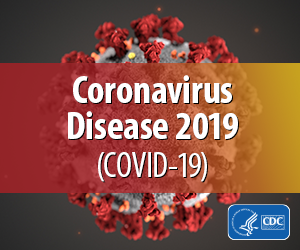
Bronchiectasis is another condition that can lead to infections in COPD patients. While bronchiectasis is not caused by COPD, it is more common among COPD patients, especially in later stages of the disease. Bronchiectasis causes mucus and bacteria to build up in the lungs and prevents it from clearing properly meaning you’ll experience frequent and recurring lung infections.

Lastly, cigarette smoking will put you at a greater risk of contracting a lung infection. While many COPD patients are able to quick smoking after receiving a diagnosis, as many as 38 percent of COPD patients continue smoking. Smoking suppresses the immune system making you more likely to get sick and even causing infections to be more severe and longer-lasting. Immediate smoking cessation will help you prevent lung infection and stay healthy.
Medication
The use of certain medications can result in drug-induced bronchospasms. A few of them in particular, such as non-steroidal anti-inflammatory drugs (NSAIDs) are very well-known and widely used. For example, ibuprofen and aspirin are both NSAIDs.These drugs are used as painkillers to treat things like headaches, toothaches, and soreness. However, for some people with asthma, they can cause bronchospasms.
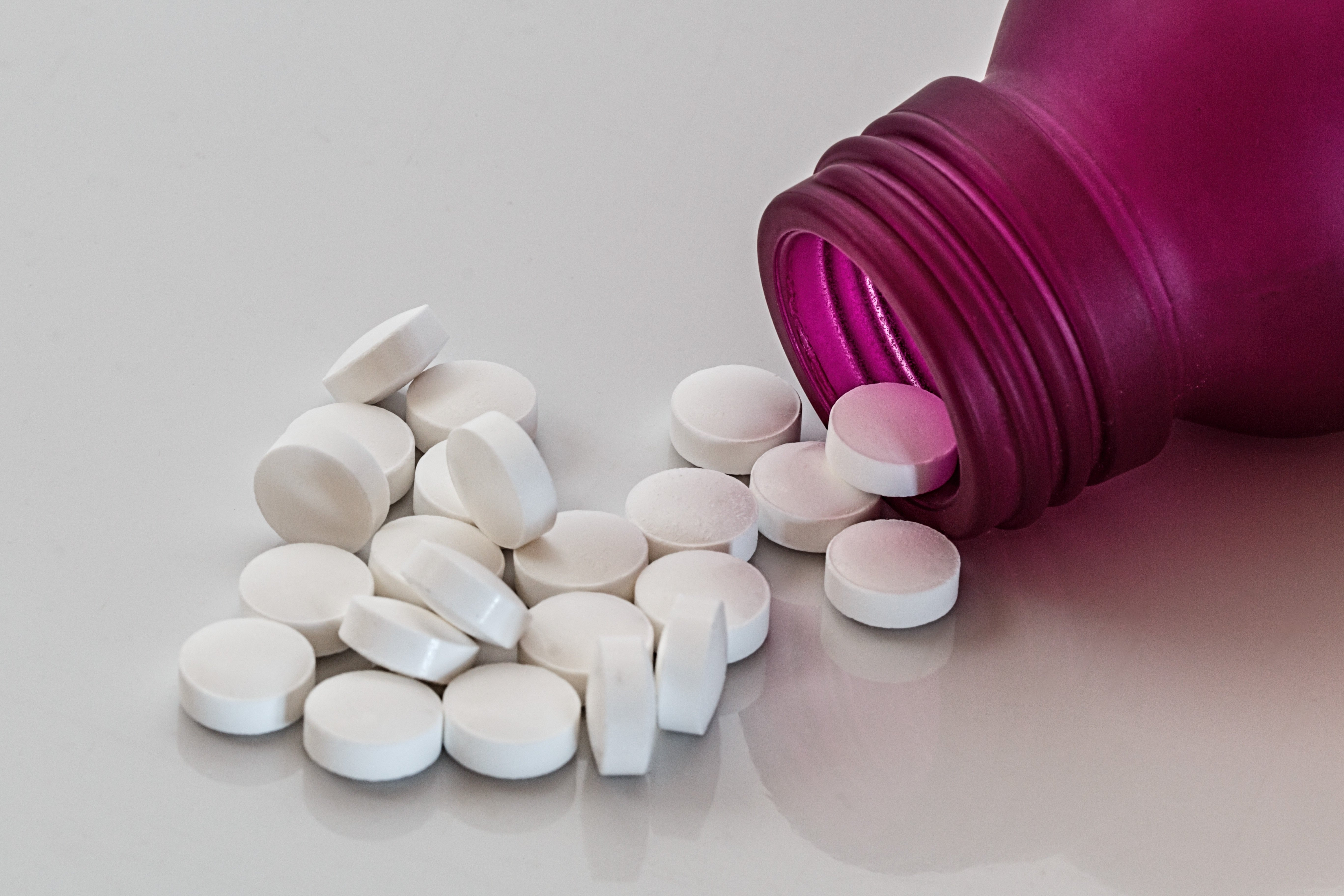
According to Healthline, NSAIDs inhibit a protein called cyclooxygenase and many asthma patients are sensitive to these effects. One possible reason for this is due to the overproduction of leukotrienes. These are chemicals that are released into the bronchial tubes and cause the bronchial muscles to constrict and spasm. To be safe, it’s best to consult with your doctor before using any type of medication, even if it is an over-the-counter medication.
How are Bronchospasms Diagnosed?
Your doctor may use a number of different methods to diagnose you with bronchospasms depending on your medical history and whether or not you’ve already been diagnosed with asthma or COPD. He/she will likely start by using a stethoscope to listen for any irregularities in your breathing. And if any are detected, you may be administered one of the following tests to determine if you have bronchospasms.
Spirometry
During a spirometry test, you will be blowing into a device called a spirometer. There are two different readings that your doctor will derive from this: forced vital capacity (FVC) which is the total amount of air you can exhale and forced expiratory volume in one second (FEV1) which is the total volume of air you can push out of your lungs in one second.
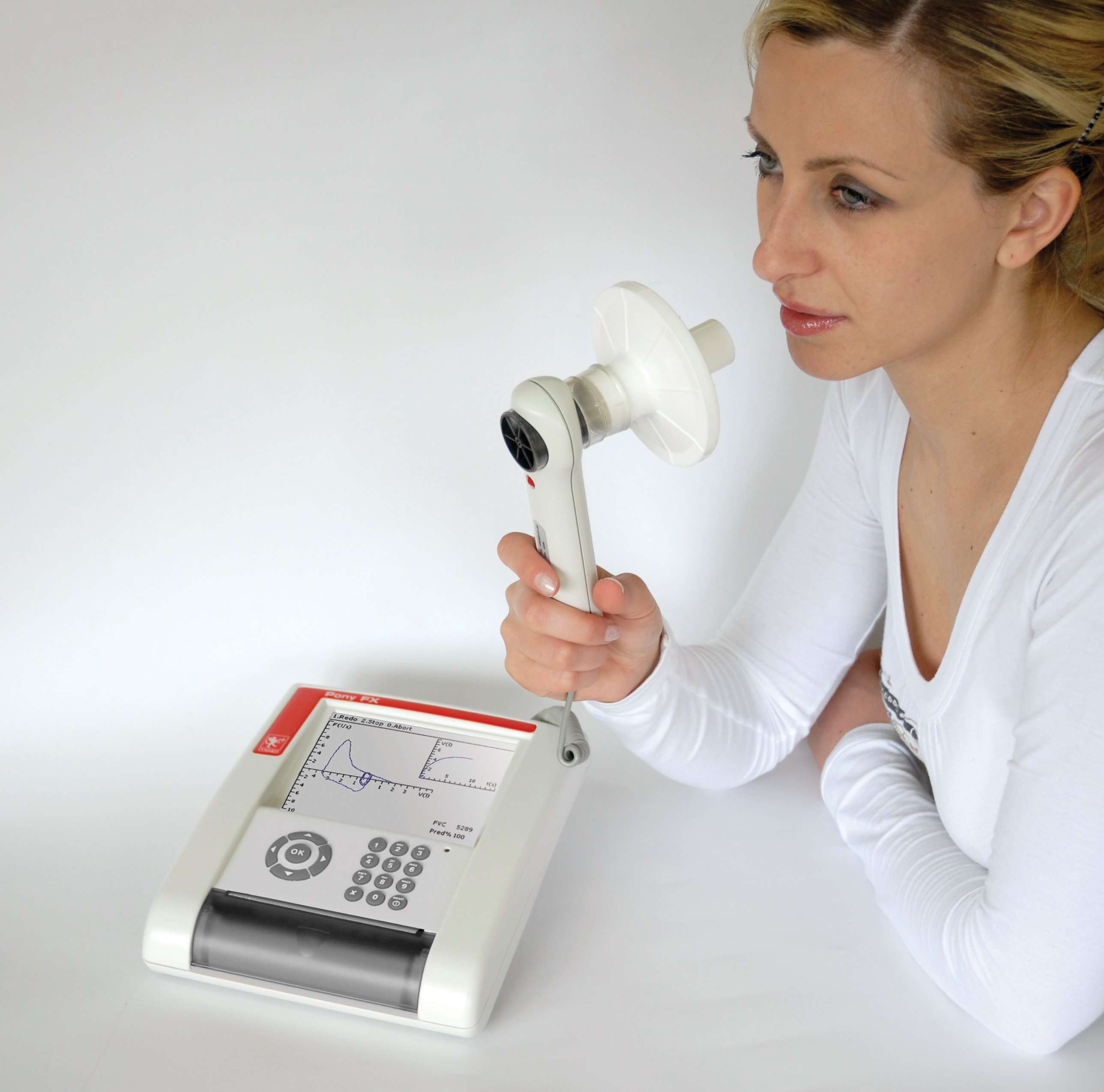
Pulse Oximetry
If you have COPD and you’re on oxygen, you likely already know what a pulse oximeter is. It’s a small device that attaches to your finger and reads your blood oxygen level. Your doctor may use one of these devices to see if your bronchospasms are reducing the amount of oxygen that is making it into your blood.
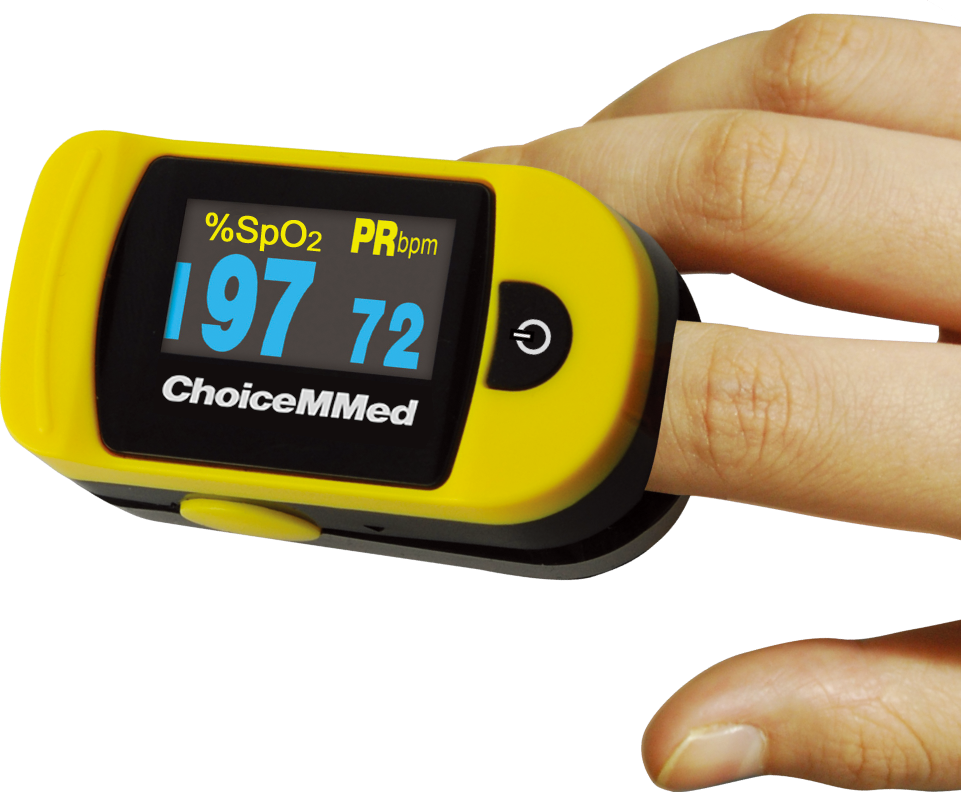
Arterial Blood Gas Analysis
Arterial blood gas tests are similar to pulse oximetry but they are more invasive by requiring you to draw blood. They also provide your doctor with a lot more information about your blood composition which can assist in diagnosing bronchospasms and other respiratory problems.
Eucapnic Voluntary Hyperventilation (EVH) Test
This is a type of test that attempts to simulate the effects of prolonged exercise. In other words, it allows your doctor to understand how your lungs and airways react when you are at a point of physical exertion. This test can take between 60 and 90 minutes to complete but it can be convenient in diagnosing bronchial spasms.
How Are Bronchospasms Treated?
Bronchospasms can be treated with a combination of home remedies and treatment methods prescribed by your doctor. Below are just a few of the ways your doctor may treat these respiratory symptoms.
Short-Acting Bronchodilators
Short-acting bronchodilators are used in asthma and COPD patients to provide quick relief from respiratory symptoms. They work by opening up the airways when you’re faced with severe breathing problems, chest pain, or coughing. Short-acting bronchodilators are taken with either an inhaler or a nebulizer so that the medication reaches the lungs faster.

Long-Acting Bronchodilators
If your bronchospasms are less severe, your doctor may prescribe you long-acting bronchodilators. These medications will take much longer to start working but they will also provide a much longer period of relief. Long-acting bronchodilators are typically administered orally.
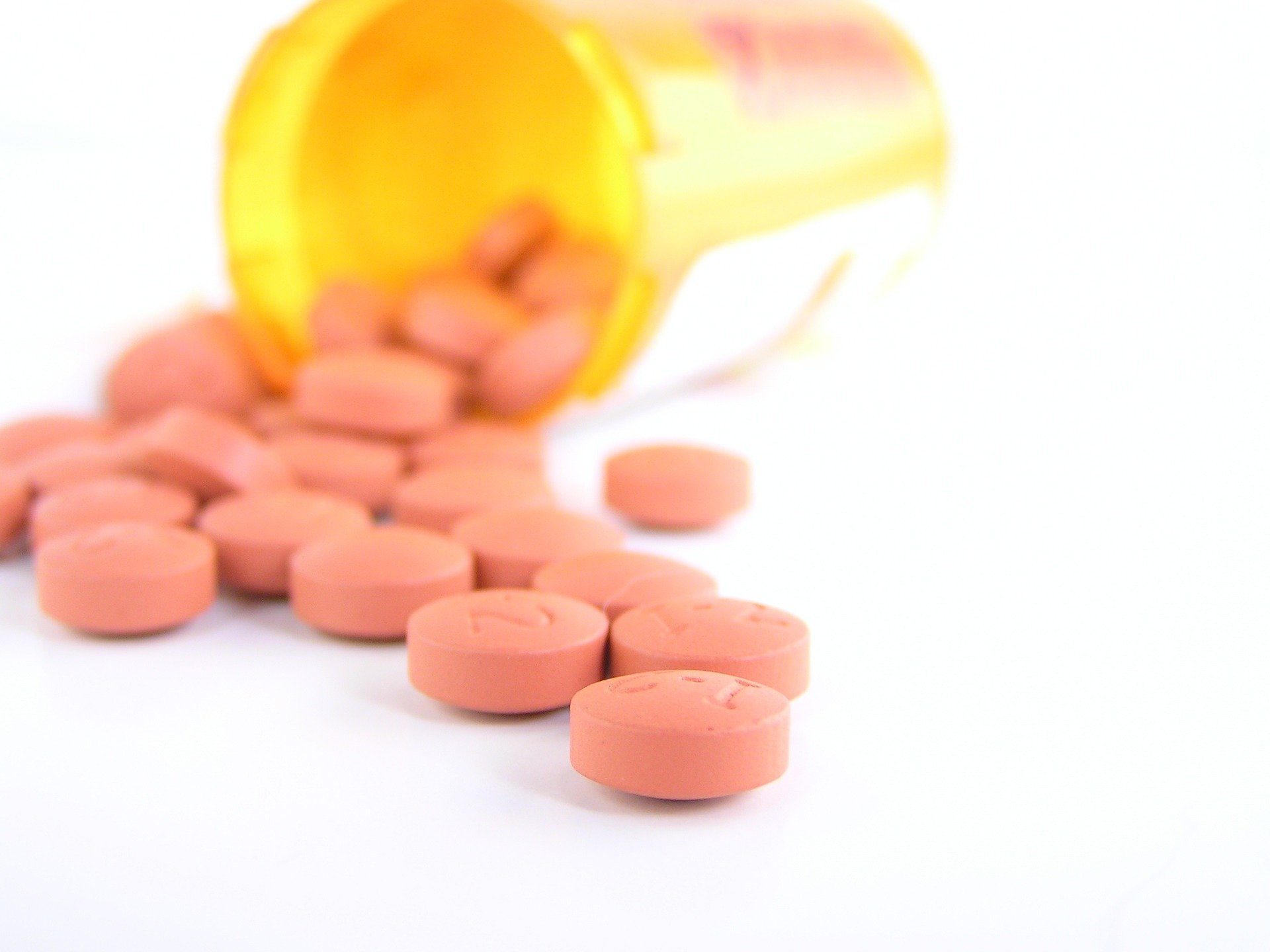
Corticosteroids
If your bronchospasms were induced by an allergic reaction, your doctor may advise corticosteroids. These types of steroids will reduce inflammation in the airways and suppress the immune system which could be causing them to constrict. He/she may use any combination of the above treatment options to help you cure your bronchospasms.
What Can Be Done to Prevent Bronchospasms?
Since bronchospasms put you at a higher risk of experiencing severe complications from COPD, it’s important to do what you can to prevent them. For most people, preventing bronchospasms simply means following the treatment plan that your doctor has already created for you. If you believe that you aren’t doing enough to prevent them, consult with your doctor for more information.
Oxygen Therapy
Supplemental oxygen therapy is one of the foundational treatments for COPD and it can also help you prevent bronchospasms. The goal of oxygen therapy is to maintain a healthy blood oxygen level in your body when your lungs aren’t able to do so on their own. For some patients, this could mean using oxygen intermittently, but for others, it could mean using oxygen 24/7. Your doctor will help you decide what’s best for you.
.png)
We recommend using a portable oxygen concentrator such as the Caire FreeStyle Comfort or the Inogen One G5 because these units are lightweight and allow you to take your oxygen supply anywhere in the world with ease. They’re also extremely reliable, so you don’t have to worry about losing access to your oxygen when you need it the most.
Exercising Safely
Exercise is a fundamental aspect of any COPD treatment routine. Pulmonary rehabilitation (PR) is used to increase the strength and efficiency of the lungs while helping COPD patients maintain their weight and promote healthy circulation. However, if you exercise too much or you don’t exercise in a way that’s advised by your doctor, you might experience exercise-induced bronchospasms (EIB).

To avoid exercise-induced bronchospasms, be sure to avoid exercising in the cold. Cold, dry air can cause your mucus to become thick and difficult to clear. Air that’s filled with pollen or other allergens can also irritate your airways causing bronchospasms. Lastly, you should be careful not to overexercise. High-intensity exercise is not typically recommended for treating COPD and it can put you at a higher risk for experiencing exacerbations or other serious complications. Stick to a moderate, but consistent exercise routine.
Diet
Your dietary habits can make the difference between a healthy and unhealthy respiratory system. As aforementioned, consuming food that you’re allergic to can exacerbate your respiratory symptoms and cause bronchospasms. COPD patients tend to retain sodium, so you should avoid food with added salt and drink plenty of water. Being well-hydrated means your mucus will be less viscous and easier to clear from your airways. Foods to avoid include coffee, sugary drinks, fried foods, and milk.

Another thing to be wary of is dietary supplements. While dietary supplements are often hyped-up through advertising and word of mouth, they have negative side-effects just like over-the-counter and prescription drugs. The problem is that dietary supplements are registered as “food products” through the Food and Drug Administration (FDA) so companies can often get away with overexaggerating the benefits of their supplements without discussing the potential side-effects.
Conclusion
Bronchospasms are a common symptom of COPD and asthma, but under certain circumstances, they can also occur in healthy people. Severe allergic reactions, air pollution, and medications can all cause bronchospasms and they can range in severity from moderate to life-threatening. While there are several home remedies that can help alleviate the symptoms of bronchospasms, your best bet will be to speak with your doctor as soon as possible.
In the meantime, your best course of action is to follow your COPD treatment plan. Using supplemental oxygen as prescribed, following a strict diet, and maintaining a healthy and consistent exercise routine will all promote healthy lungs and airways, thus helping you to prevent bronchospasms and other respiratory complications. You should also take the time to check the air quality in your area before going outside so that you can avoid air pollution.
Here at LPT Medical, our goal is to provide as many COPD patients as possible with durable and reliable portable oxygen concentrators. With a portable oxygen concentrator at your side, you’ll have the freedom to go about your daily life without having to worry about not having medical oxygen that meets your respiratory needs. If you need help choosing an oxygen concentrator, please feel free to give us a call at 1-888-416-3855.
.png)
Most people don’t put a lot of thought into the way that they get around. As humans, we learn to walk from a very young age and we use our basic motor skills all the time. So, for most people, it’s difficult to imagine being in a situation where these basic functions are impaired. However, for someone with COPD, problems with mobility, balance, and coordination can be a daily struggle. Healthy, functioning lungs are essential for physical exertion, no matter how little it may be.
A study on pubmed.gov followed COPD patients over the course of six months and found that about one-third of them experienced a fall at some point. The same study also states that COPD is one of the chronic conditions with the highest fall rates, right behind osteoarthritis, a very common degenerative joint disease that’s caused by the wearing down of cartilage on the bones.
Unfortunately, the high risk of falls in COPD patients is very much an under-discussed topic. That’s why, in this article, we’ll take a look at the main causes of falls and how you can avoid them. If you have any questions, please feel free to leave them in the comment section below and we’ll get back to you as soon as possible.
What Causes Balance Issues in COPD Patients?
COPD balance and coordination issues aren’t limited to one cause. There are many different factors that need to be considered in order to pinpoint and mitigate your risk of experiencing a fall. Comorbidities, age, COPD stage, and environmental factors can all play a role, so it’s important to be open-minded about possible prevention methods.
Low Blood Oxygen Levels
Oxygen is a vital resource for your body. It’s used to break down stored energy that you get from food and convert it into usable energy for every cell in your body. Since COPD patients have impaired lung function due to excessive inflammation, medical oxygen can be used to lessen the load on the lungs and ensure that your blood oxygen levels stay within a normal range. Contrary to what many people believe, there are no “side-effects” of medical oxygen. As long as you’re using it as prescribed, medical oxygen will only benefit you.
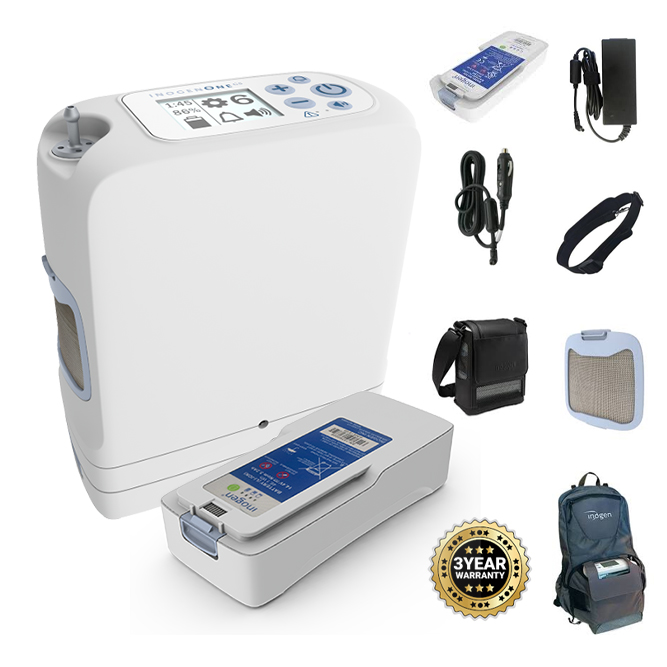
When it comes time to buy an oxygen device, you’ll have several options. Oxygen tanks, liquid oxygen tanks, and oxygen concentrators are all popular options. However, portable oxygen concentrators will be the best option for most oxygen patients because they’re lightweight, small, and easy to carry as you go about your day. The Inogen One G5 and Caire FreeStyle Comfort, for example, are two of the most popular options because they have a high oxygen output, and they both weigh under 5 pounds.
{{cta('fa8abc2a-1e88-4fa3-82fd-1cb5b9ed43b2','justifycenter')}}
Another great option if you have higher oxygen demands is the Respironics SimplyGo. This is the lightest continuous flow portable oxygen concentrator and it offers up to 2 liters per minute (LPM) of oxygen. The Respironics SimplyGo can either be carried on your shoulder with the adjustable strap, or it can be wheeled behind you using the rolling cart. Be sure to speak with one of our respiratory specialists here at LPT Medical to learn which portable oxygen concentrator is right for you.
Peripheral Edema
"Edema” is a term that refers to swelling, usually due to the buildup of fluid. Peripheral edema occurs when fluid begins to accumulate in an extremity away from the heart such as the hands, feet, or legs. While this condition can happen to anyone, it’s more common among COPD patients and it can be a warning sign of several serious medical conditions including pulmonary hypertension (high blood pressure in the lungs) and cor pulmonale (right-sided heart failure).

Another problem that can be caused by edema is problems with balance and coordination. This condition often develops slowly and without the patient knowing, so you might start losing control of your balance without knowing it as well. Oftentimes, people first notice that there’s a problem when their shoes or clothing don’t fit anymore. In order to avoid this situation, check your legs and feet daily for swelling, redness, or pitting. This is when you press your skin and it leaves an indentation.
Malnutrition
COPD patients are more likely to experience malnutrition than the general public. There are many possible reasons for this, but a loss of appetite, changing food preferences, and problems with digestion are among the most common causes. COPD patients often find themselves in a difficult situation where they’re hungry but aren’t in the mood to eat because it can leave them feeling bloated and exhausted.
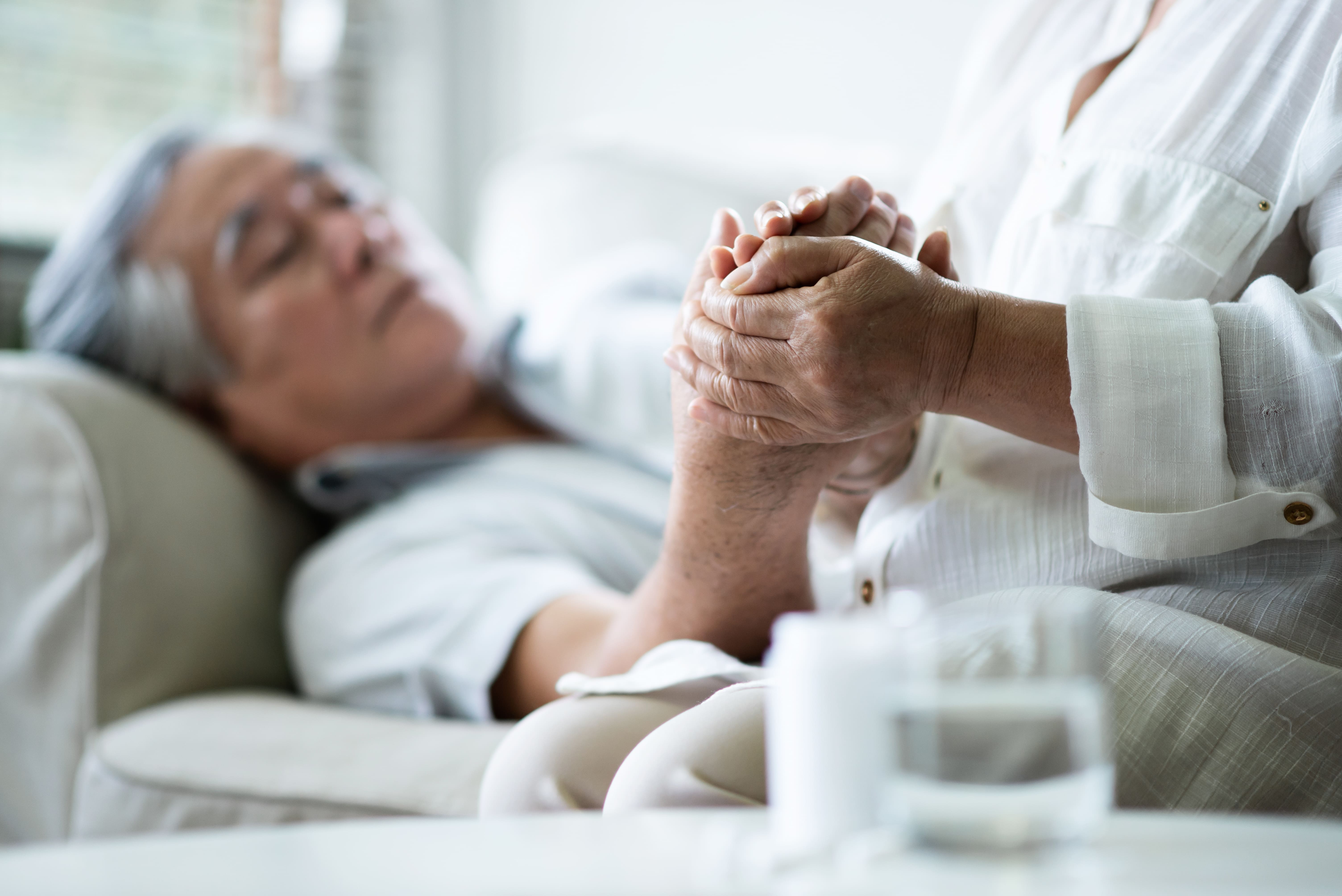
One significant concern is something called muscle atrophy (muscle wasting). Many people are under the impression that they’re losing fat, but it’s actually muscle weight that they’re losing. Inevitably, this can lead to problems with balance, coordination, and exercise tolerance. This is why it’s so important for COPD patients to consume enough protein. Today’s Dietician recommends you get at least 20 percent of your calories from protein.
Medication Side-Effects
Every medication has side-effects, including those used to treat COPD. One of the most common inhaled COPD medications, bronchodilators, are used to open up the airways helping you to breathe easier. However, bronchodilators have a number of adverse side-effects including but not limited to trembling, muscle cramps, and nausea, all of which can contribute to balance problems and even result in serious falls.

Just like with oxygen, it’s important to use medication only as it’s prescribed by your doctor. What’s more, you should be cautious about the way you use it. For example, if you’re using a bronchodilator, try sitting down beforehand. This way, if you start feeling dizzy or lightheaded, you won’t run the risk of falling down. Bronchodilators are fast-acting, so if you feel okay after a couple of minutes, you can stand up and go about your business.

Corticosteroids are another popular medication used to treat COPD. These are a type of steroid that is used for the long-term treatment of COPD and asthma, and they help to reduce inflammation and tightening in the airways and lungs. However, corticosteroids used in large doses can contribute to bone deterioration and the development of osteoporosis. This condition not only increases your risk of falls, but it also increases your risk of experiencing bone fractures after falling.
Sedentary Lifestyle
Living a “sedentary lifestyle” means not getting up and moving around very often. Many people become more sedentary the older they get and developing a chronic condition like COPD can cause someone to become sedentary as well. The problem with this is that it can lead to a lot of health issues, one of which is an increased likelihood of experiencing a fall. This study found that physical activity is associated with better balance and slowing the rate of physical deterioration in older adults.

Environmental Factors
All of the issues above are caused by the symptoms of COPD and COPD treatment. But you also need to consider how your environment is contributing to your risk of falls. Living in a home that is cluttered or not designed to accommodate someone with a chronic respiratory disease can put you at a higher risk of falling.

Since it’s winter, there are also environmental factors related to the weather. According to the World Health Organization (WHO), 56 percent of all falls occur outside the home such as in the yard, on the sidewalk, or in a public area. So before you go anywhere, you should consider what obstacles will be presented and how you can navigate them safely without experiencing a fall.
{{cta('b59df0c1-c4de-47a8-8e1c-0d33d4b414aa','justifycenter')}}
What Can Be Done to Prevent Falls With COPD?
Although falls are very common in COPD patients, the good news is that they’re highly preventable. Just a few small adjustments to your lifestyle could make a huge difference but you need to know what’s causing them in the first place.
Carry a Pulse Oximeter
A pulse oximeter is a small electronic device that slips over your finger and tells you your blood oxygen levels. It is a non-invasive device, meaning you won’t need to draw blood in order to use it. It works by passing light through your finger and calculating your blood oxygen levels based on the amount of light that’s absorbed by oxygenated or deoxygenated blood. Pulse oximeters are lightweight and portable medical devices.

The reason it’s so important to have a pulse oximeter is to be able to check your blood oxygen levels and heart rate, especially when you’re away from home. Just a quick pulse oximeter reading and you’ll know exactly what adjustments you need to make to your oxygen therapy device. Pulse oximeters are usually recommended over arterial blood gas analysis (ABG) because they’re less intrusive and you receive your results almost instantaneously. The quality of the device matters too, so be sure to spend some time looking for a pulse oximeter with good reviews.

ABG analysis and pulse oximetry also differ in terms of the information they provide. While a pulse oximeter just reads the percentage of hemoglobin in the blood that is saturated with oxygen (SpO2), ABG tests will provide you with a whole host of information including blood alkalinity, the partial pressure of CO2 and oxygen (PaCO2 and PaO2), and much more. This information is useful for other reasons, but it’s not necessary if you’re just trying to maintain your blood oxygen levels.
Carry a Medical Alert System
A medical alert system or personal emergency response system (PERS) is a small device that’s worn around your neck or on your wrist. If you ever experience an emergency like a fall or a COPD exacerbation, simply press the button on the device and a notification will be sent to a 24/7 call center. Once the notification is received they will call 911 and emergency medical personnel will be sent to your home immediately.
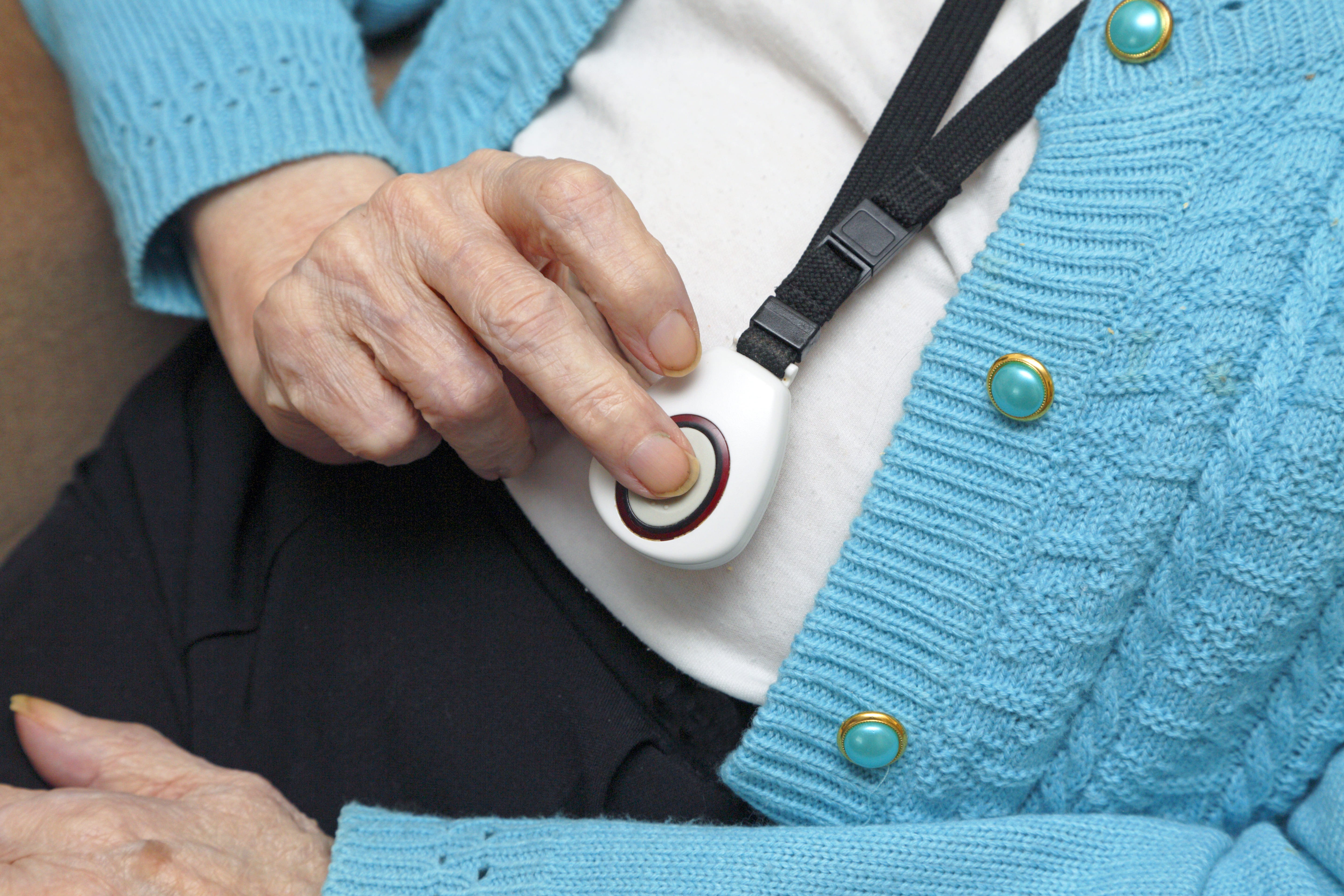
Adjust Your Eating Habits
As aforementioned, many COPD patients are underweight. As respiratory symptoms get worse, many people find it difficult to eat a full meal without feeling bloated and tired. One of the best ways to deal with this is to spread your meals throughout the day rather than having one or two bigger meals. This will give your body lots of time to digest rather than having to do it all at once.
![]()
Another reason to spread your meals out is that it helps you avoid the temptation to eat unhealthy foods. When you’re feeling hungry and lacking energy, you’re more likely to give in to foods that will provide you with a quick energy boost. These foods are usually high in sugar and other unhealthy ingredients which can exacerbate COPD symptoms and leave you feeling drained.
Get Active
Many people are under the impression that the sole purpose of pulmonary rehabilitation is to improve lung function. And while that may be the most important reason, it’s not the only reason. Even a moderate form of exercise can provide some major benefits as long as it’s done consistently. According to the Mayo Clinic, regular exercise helps prevent a whole host of health problems, including but not limited to high blood pressure, type 2 diabetes, depression, and heart disease.

Another reason for COPD patients to exercise is that it increases their muscle tone, thus increasing their oxygen efficiency. As a COPD patient, you want every muscle in your body to be strong not only to improve balance and posture but to reduce the amount of oxygen required for getting around. Exercise also improves blood circulation which is very important for maintaining your mobility.
Create a Safe Living Space
No matter whether you live alone or with friends or family, making adjustments to your living space can go a long way towards preventing falls. Keeping your home organized and free of debris will give you fewer obstacles to trip over or navigate around as you go about your daily life. Many falls occur in the bathroom, so that might be the best place to start with. Another way to create a safe living space is to install mobility aids such as hand railings, stairlifts, or ramps.

Address Your Concerns With Your Doctor
Anxiety is associated with an increased risk of falls, so if you have concerns about balance or coordination issues caused by COPD or your COPD treatment plan, you should address them with your doctor immediately. Chances are, the feelings you’re experiencing are perfectly normal and your doctor might be able to make changes to your medication, exercise, or diet plan in order to improve your balance. As the saying goes, there’s no such thing as a “stupid question” especially when your health is concerned.

Conclusion
Although COPD is a leading morbidity in the United States, many people are not fully aware of what it’s like to live with this disease. Balance and coordination issues are pervasive among COPD patients and they become more prevalent with age and as the disease progresses. The tips outlined above will help you mitigate the risks of falls.
Here at LPT medical, we want you to be educated about your disease so that you can make the best decisions for your long-term health. We carry a wide range of portable oxygen concentrators from popular brands like Caire Inc., Inogen, and Respironics. And we take pride in providing oxygen patients all over the country with reliable lightweight devices that help them get around more easily while limiting the risk of a fall.
If you’re interested in our portable oxygen concentrators for sale, please reach out to us either by phone or by email.
.png)
Supplemental oxygen therapy, or simply “oxygen therapy,” is the use of medical-grade oxygen to treat a variety of conditions. In hospitals, short-term oxygen therapy is used to help patients recover from surgery or acute conditions, but oxygen can also be administered for long-term in-home use in people with chronic lung diseases like COPD and cystic fibrosis.
No matter what your reason is for using supplemental oxygen, it’s important that you’re using it correctly because it can be a fire hazard. While oxygen itself cannot burn, it is what’s called an oxidizer meaning it makes everything it comes into contact with more flammable. What’s more, improper use of oxygen can lead to oxygen toxicity or lung damage that results from inhaling too much oxygen.
{{cta('fa8abc2a-1e88-4fa3-82fd-1cb5b9ed43b2','justifycenter')}}
In the following sections, we’re going to take a look at some of the most common mistakes new oxygen users make and tell you how to avoid them. If you have any questions about using oxygen safely and effectively, be sure to address them with your doctor. And if you have questions about what you read here, leave them in the comment section and we’ll get back to you.
Choosing the Wrong Oxygen Device
Oxygen therapy has been used since the 1950s to treat conditions like pneumonia. However, as you can imagine, it has evolved over the years as researchers have learned more about how supplemental oxygen can be used safely and effectively. In the past, oxygen tanks were the only option for people suffering from respiratory conditions. But nowadays, there are many other types of oxygen devices at peoples’ disposal like liquid oxygen tanks and oxygen concentrators.
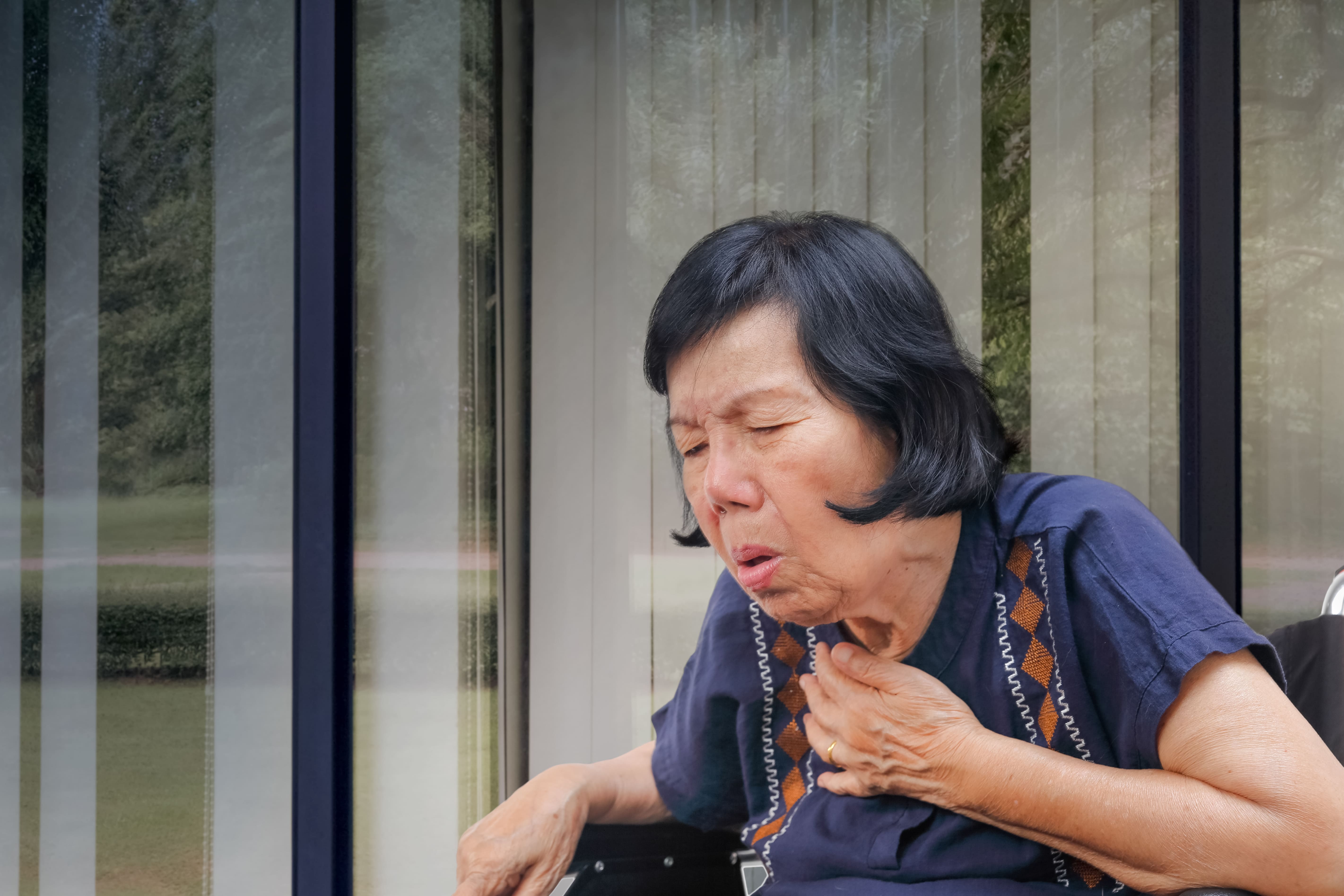
The first mistake many patients make when they’re first prescribed medical oxygen is choosing the wrong oxygen device. What happens is that many people rush into choosing something rather than taking the time to do research and figure out what options are available to them. And while oxygen tanks are certainly a popular choice for long-term oxygen therapy, they are not the only one.
Liquid oxygen, for example, is a common alternative to traditional oxygen tanks. Rather than storing oxygen in its gas form, these oxygen tanks are kept at very low temperatures in order to keep the oxygen in its liquid form. The reason for this is because oxygen expands significantly in its gaseous state meaning it takes up a lot more space. What’s more, it’s stored at much higher pressures making it more dangerous to use.

While liquid oxygen enables oxygen patients to experience more freedom, they’re not without their downsides. In order to keep oxygen in its liquid form, you need a special container. For safety reasons, these containers need to be vented so that as the heat increases, the pressure can also be released. What this means is that you will slowly lose your oxygen supply over time if you aren’t using it. According to the Lung Institute, liquid oxygen will evaporate after a week or two.
Another downside to liquid oxygen is that it’s more expensive than traditional oxygen tanks. Not only do the units themselves cost more, but they cost more to maintain and refill. As a result, Medicare and other healthcare providers may not help you pay for them like they do with compressed oxygen. Luckily, liquid oxygen and compressed oxygen are not the only supplemental oxygen options available to you.
.png)
Oxygen concentrators are a newer more advanced form of oxygen therapy. As opposed to storing oxygen like the aforementioned devices, oxygen concentrators are electronic devices that draw in ambient air and put out pure medical-grade oxygen. Home or stationary oxygen concentrators need to be plugged into the wall but portable oxygen concentrators run off of batteries, allowing you to go wherever you please.
Not Using Oxygen As It’s Prescribed
Like we mentioned earlier, oxygen is a controlled substance in the United States. Oxygen sales are regulated by the U.S. Food and Drug Administration to ensure that only respiratory patients have access to medical oxygen. But being prescribed oxygen does not mean you should use it however you please. You need to follow your doctor’s instructions for using it safely and effectively.
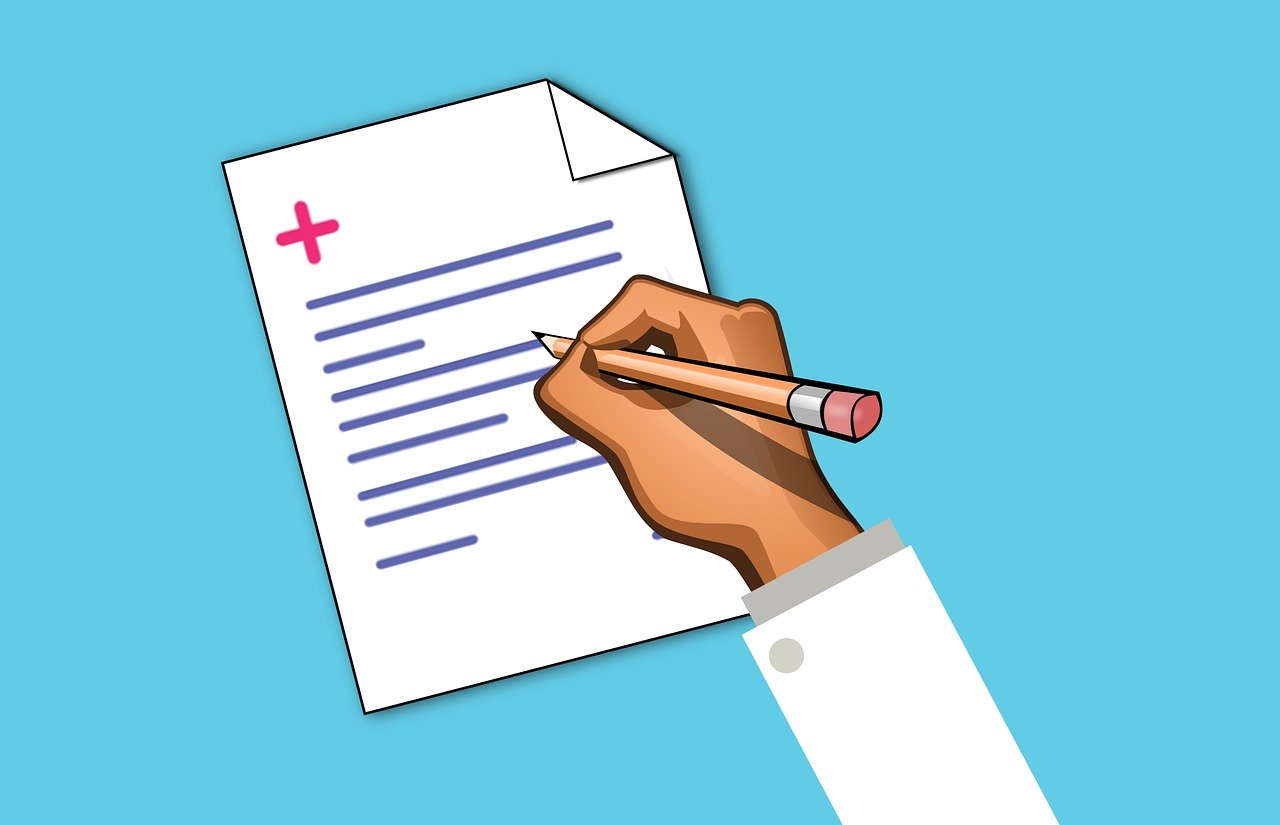
More often than not, people begin to fall back on their oxygen routine as time goes on. It’s not unusual to feel exhausted always being connected to your oxygen device and many people experience discomfort with the nasal cannula. If you’re falling back on your oxygen therapy plan because of irritation or dryness in your nose, please read this post to get a few tips for alleviating these issues.
If the reason you’re not using enough oxygen is because of your oxygen device, following the instructions above to get the oxygen device that’s right for you may be your best option. Unfortunately, since oxygen tanks only provide a limited amount of oxygen, people find themselves turning down their flow rate in order to have more freedom. This is a bad idea because it means your blood is not saturated with the right amount of oxygen to keep you healthy. Fortunately, portable oxygen concentrators help you to ensure that you have access to oxygen wherever you are in the world so that you don’t have to turn down your flow rate.
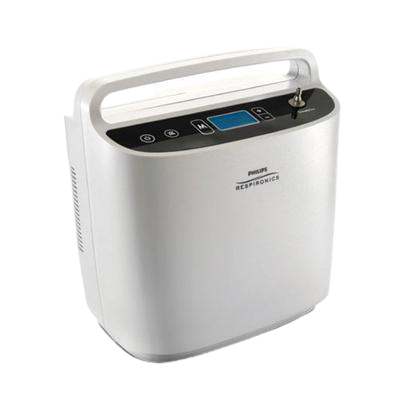
Although less common, it is possible for someone to use more oxygen than they’re prescribed. For example, if you’ve been exercising and you’re feeling out of breath, you might feel tempted to turn up the flow setting on your oxygen device. Before doing any form of exercise, you should consult with your doctor and ask him/her what an acceptable flow rate is while you’re sedentary and while you’re exercising. Also, be sure to carry a pulse oximeter with you when you exercise so that you can ensure that you stay at the correct blood saturation level.
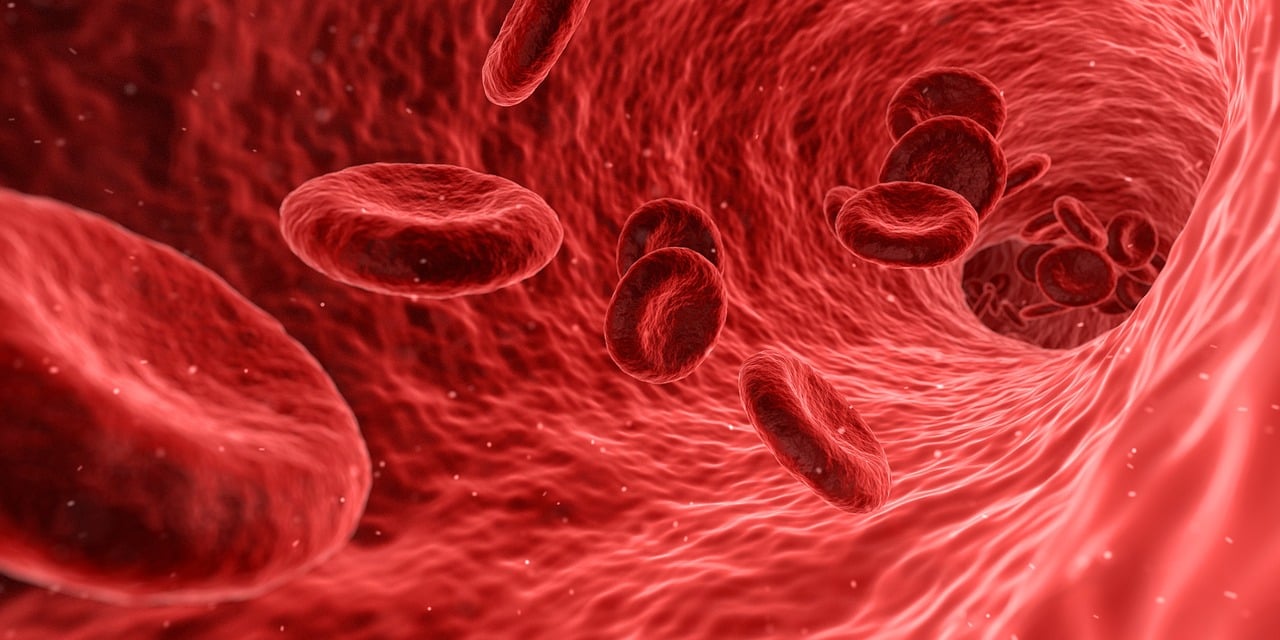
Another reason you might be using too much oxygen is if you’re unaware of the harmful effects of having too much oxygen in your system. While oxygen is vital for the healthy functioning of every organ in our bodies, having too much of it in your blood can lead to oxygen toxicity. This condition will result in coughing, difficulty breathing, and chest pain. Prolonged exposure to high partial pressures of oxygen can even result in death. Before taking the initiative to increase your oxygen flow rate if you’re feeling out of breath, be sure to consult your doctor. There could be any number of reasons that are causing a flare-up in your symptoms. For more information on preventing COPD flare-ups, check out this blog post.
Not Cleaning Your Oxygen Therapy Device
In this day and age, the saying “cleanliness is next to godliness” has taken on a whole new meaning. With the advent of the novel coronavirus, our society as a whole has been more conscious of the spread of bacteria, germs, and viruses. What many people don’t acknowledge or even realize is that COPD patients and other respiratory patients are at a higher risk of both contracting and experiencing severe symptoms from infections.

One of the added health risks that COPD patients experience is having to carry around an oxygen device that can collect bacteria. Even if you’re careful not to set your oxygen concentrator or oxygen tank down in a dirty place, it’s inevitable that it will collect germs. Aside from the concentrator or tank itself, the nasal cannula and oxygen tubing can also get dirty so you should be sure to clean them often.
COPD patients are sensitive to certain cleaning products, especially ones with bleach, ammonia, and fragrances. So, when you go to clean your oxygen concentrator, be sure to not use any products that could exacerbate your symptoms. Cleaning products marked as “safer choice” are regulated by the Environmental Protection Agency (EPA) and they don’t contain as many harmful chemicals as standard cleaning products. You can also make your own cleaning products so that you know exactly what’s in them.

Whenever you leave the house, be sure to take your cleaning product of choice with you. Clean the unit once or twice a day and make sure to get all sides including the bottom. The nasal cannula and oxygen tubing should be cleaned as well. The Lung Institute recommends washing them in 10 parts water one part vinegar and then rinsing them and leaving them to dry completely. Oxygen tubing should be replaced after several months of use.
Smoking Around An Oxygen Device
Smoking is the number one cause of chronic obstructive pulmonary disease. But did you know that many people (around 38 percent) continue to smoke even after being diagnosed? Unfortunately, being unable to kick this bad habit means you’re unlikely to make much progress on your COPD treatment plan. After all, the purpose of using oxygen is to help limit and prevent symptoms like breathlessness, chest pain, and a chronic cough. But smoking regularly will just cause these problems to resurface.

Another reason to avoid smoking is that it could damage your oxygen device. Oxygen concentrators work by taking in ambient air and removing nitrogen and other gases. If you’re smoking near your concentrator, the smoke could damage the internal components. Most concentrators have particle filters but these won’t stop smaller particles from entering the device. However, you should remove the particle filters regularly and clean them off so that they’re as effective as possible.
{{cta('b59df0c1-c4de-47a8-8e1c-0d33d4b414aa','justifycenter')}}
The third and final reason you should avoid smoking near an oxygen device is for safety reasons. While your oxygen tank or concentrator won’t explode or catch fire like many people believe, they are still a fire hazard. According to the National Fire Protection Association (NFPA), 5 percent of all home fires between the years of 2012 and 2016 were caused by smoking materials. That’s around 19,000 fires each year that could be prevented if cigarettes were not a concern.

Fires that are exposed to medical oxygen will burn faster and be harder to put out. Since supplemental oxygen is a medical necessity, cigarette smoking is really the only variable in this scenario. We wrote a whole guide on smoking cessation so be sure to check it out if you’re struggling to drop the habit.
Not Enjoying Your Newfound Freedom
Last but not least, you need to be able to enjoy the newfound freedom that your oxygen device has afforded you. This means getting out of the house, exercising, exploring, and visiting friends and family. Far too many COPD patients believe that being prescribed supplemental oxygen means giving up all of the things that you love to do, but this couldn’t be farther from the truth.

While you can live a sedentary lifestyle if you choose, the main purpose of oxygen therapy is to help you get back on your feet and moving again. Portable oxygen concentrators like the Caire FreeStyle Comfort and Inogen One G5 have pushed the boundaries of what’s possible for oxygen patients because they weigh under 5 pounds and they supply enough oxygen for the vast majority of COPD patients.

Another major advantage of portable oxygen concentrators is their lithium-ion batteries. These batteries are extremely durable and long-lasting meaning you can stay out and about for longer than ever before. The FreeStyle Comfort allows you to run your oxygen device for up to 16 hours without recharging and the G5 allows you to run your oxygen device for up to 13 hours without recharging.
Conclusion
All things considered, it can be somewhat overwhelming being prescribed supplemental oxygen therapy. You need to understand exactly what your prescription entails and you need to find an oxygen device that will meet your needs. While this will certainly take some trial and error, however, you can always rely on experts such as your doctor or pulmonologist if you need help.
If you’re interested in learning more about using a portable oxygen concentrator for supplemental oxygen therapy, you need to ensure that you receive a device that is capable of meeting your medical needs as well as your personal preferences. Rather than taking hours out of your day to research every device on the market, reach out to our oxygen specialists here at LPT Medical. We take the time to understand what your needs are and then we apply our knowledge of oxygen concentrators to align you with the perfect device for your needs.
We offer a wide range of products from stationary oxygen concentrators to pulse dose portable oxygen concentrators and all the oxygen accessories you need to make the most of them. If you have any questions at all or you’re ready to pick out an oxygen machine, you can reach us by phone or email.
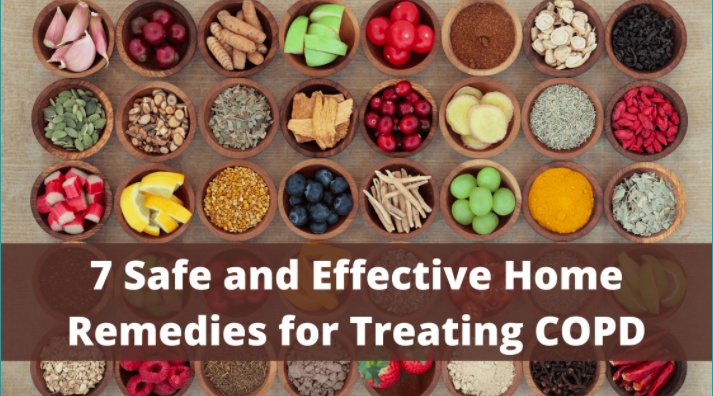
Managing chronic obstructive pulmonary disease (COPD) can feel like a balancing act a lot of the time. On one hand, you want to do everything you can to reduce the symptoms and prevent the progression of your disease. However, on the other hand, you don’t want to use any treatments that could cause serious side-effects. It’s not always easy to find a balance between these two things and create a routine that works for you.
This has never been more true than with home remedies. Simply put, a home remedy is an easy and accessible treatment option for an ailment that you can do at home. Home remedies are not prescribed by a doctor and they typically have more anecdotal evidence to prove their efficacy than hard scientific fact. What’s more, home remedies aren’t always focused on treating a specific disease like COPD. Instead, they could be focused on improving your health in general which, in turn, could help you treat your COPD.
{{cta('fa8abc2a-1e88-4fa3-82fd-1cb5b9ed43b2','justifycenter')}}
Rather than taking a risk with home remedies you may find on social media or elsewhere on the internet, we’re going to outline some COPD home remedies that are proven to be safe and effective. Just remember that home remedies should never be put before the treatment plan prescribed by your doctor including but not limited to supplemental oxygen therapy, pulmonary rehabilitation, and an improved diet. As always, if you have any questions about what you read here, don’t hesitate to leave a comment and we’ll get back to you as soon as possible.
Dietary Supplements
Dietary supplements are commonly misunderstood in today’s world. Many people are under the impression that dietary supplements can replace a healthy diet and others are convinced that dietary supplements do nothing at all. However, the truth is somewhere between these two points of view. Supplements can potentially enhance your diet, but there are also a few things you need to be aware of in order to use them safely.
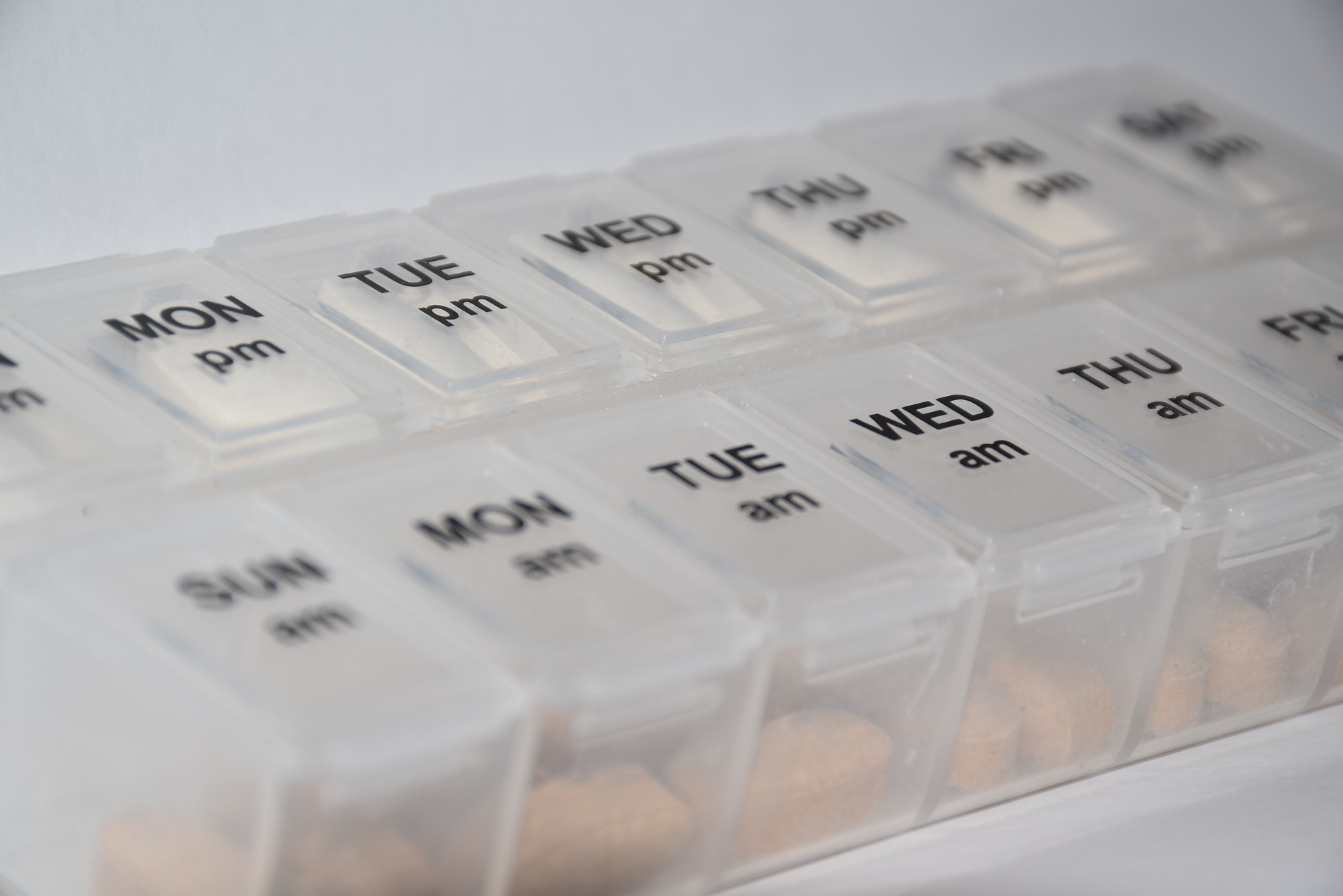
Dietary supplements are not considered “medication” by any means. In fact, the Food and Drug Administration (FDA) classifies them as a “food product.” The good news is that this means they are widely available and you won’t need a prescription in order to buy them. But the bad news is that supplements are not regulated the same way as medication. It also means you’ll have to do your due diligence and research supplements, as well as the company selling them before you make any commitments.
Vitamin D Supplements
It’s a well-known fact that many people develop vitamin D deficiency after contracting COPD. According to the National Emphysema Foundation, over half of all COPD patients develop vitamin D deficiency because they consume fewer foods that are high in vitamin D and they are less likely to spend time outside in the sunlight which is a major source of vitamin D for many healthy people.

The main problem associated with vitamin D deficiency is osteoporosis, a condition where the bones become weak and brittle. Vitamin D plays an important role in the absorption of calcium which gives the bones their structure and strength. Vitamin D also plays an important role in the growth and function of muscles which is also very important for COPD patients.
Ginseng
Ginseng has a long history of use in Chinese medicine. It’s an herb that’s believed to improve pulmonary function as well as respiratory endurance. It’s known for both its antioxidant and anti-inflammatory effects as well as being able to regulate blood sugar levels. While the benefits of ginseng look promising, it’s important to discuss with your doctor before using it because it’s known to interfere with certain COPD medications.

N-Acetylcysteine (NAC)
This is an antioxidant supplement that’s shown potential when it comes to thinning mucus, reducing phlegm, and clearing the airways. Like ginseng, NAC is a widely available supplement that can be bought without a prescription. However, it is also known to interfere with certain medications, so it’s important to consult with your doctor before using it to treat your COPD.
Smoking Cessation
The vast majority of people who have COPD have smoked in the past and about 38 percent of current COPD patients are also smokers. Many people believe that, since they’ve already contracted COPD, there is no reason to put in the effort to quit smoking. But this could not be farther from the truth. The main reason to quit smoking is to slow the progression of COPD, but there are a whole host of other reasons as well.

Smoking increases your risk of conditions like heart disease, heart attack, diabetes, and more. What’s more, current evidence suggests that smoking is associated with increased severity of disease and a higher likelihood of death in COVID-19 patients. Smokers are known for having impaired immune systems which could also put you at a higher risk of contracting respiratory infections.
While there are many prescription medications you can use to quit smoking such as Chantix or Zyban, there are also many natural methods for quitting smoking. One thing you should know about smoking and other types of addictions is that you need it in order to feel normal. If you’re deprived of it for too long, you will likely start to experience feelings of withdrawal. When this happens, you’ll experience intense cravings, along with headaches and a change of mood. This is when you’re most likely to fall back into your smoking habits.
In order to avoid these intense feelings, you may have to slowly wean yourself off cigarettes or use a common technique like nicotine replacement therapy. Unfortunately, many smokers feel like they’re up against impossible odds when it comes to smoking cessation. Maybe you’ve seen others around you fail at losing cigarettes or you just don’t feel like you have it in you. But the truth is, it takes many attempts to quit smoking. This study suggests that it could take anywhere between 8 and 14 attempts to drop a smoking habit for good.
Cleaning Your Home
For most people, cleaning the house is a chore. But for someone with COPD, it can be a lifesaver. There are two reasons you should clean your home on a daily basis: first and foremost, it helps to eliminate airborne allergens and bacteria from your home, and secondly, cleaning is a therapeutic activity that helps you feel accomplished and whole. When your living environment becomes messy or dirty, you’re far more likely to experience issues like anxiety and depression.

Before you start cleaning, you need to make sure you’re using safe cleaning products that don’t contain dangerous chemicals that could exacerbate your respiratory problems. Unfortunately, the cleaning product industry is rife with hazardous chemicals that, if inhaled, can lead to coughing, wheezing, chest pain, shortness of breath, and even permanent lung damage. In COPD patients, inhaled chemicals can even cause severe exacerbations.
Volatile organic compounds (VOCs) are some of the most common hazardous materials you should keep an eye out for. Some common personal and home care items that include VOCs are:
- Disinfectants and cleaners
- Pesticides
- Air fresheners
- Deodorant and cosmetics
- And fuel
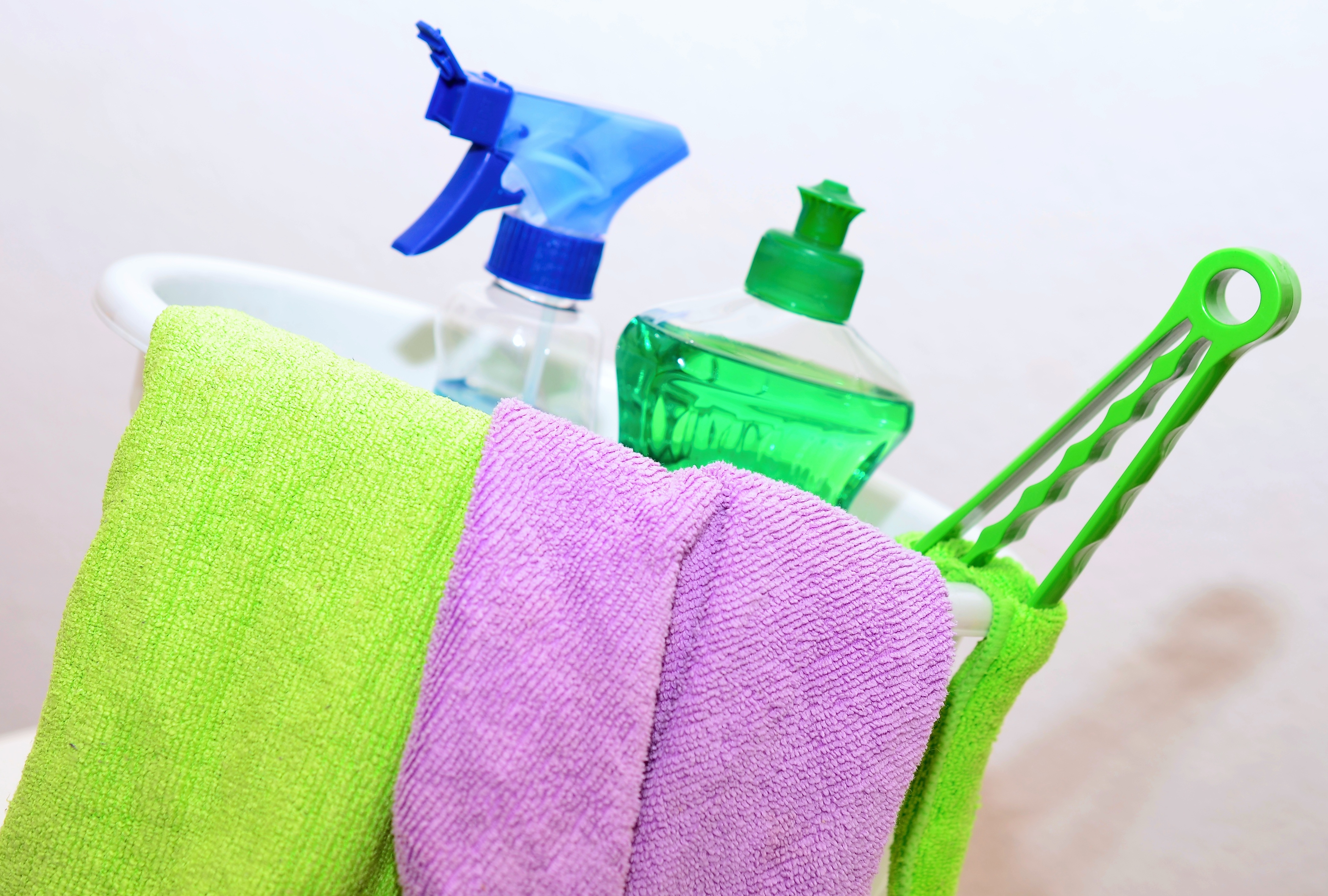
Other hazardous things in cleaning products include bleach, ammonia, ethylene glycol, monobutyl acetate, sodium hypochlorite, and trisodium phosphate. If at all possible, you should entirely avoid using cleaning products with these chemicals in them. However, if you absolutely have to use them, you should ensure that the room is well-ventilated, you should always wear a mask, and avoid getting the cleaning product on your hands or near your eyes or mouth. Refer to the Cleveland Clinic for more information on cleaning safely if you have COPD.
Breathing Exercises
Breathing exercises may seem silly to someone who has never tried them. However, the more you look into them, the more you begin to realize the bad breathing habits people develop over the course of their life. As a society, we spend more time sitting and remaining sedentary than ever before. This has caused many people to develop a shallow, ineffective breathing method that can be dangerous for someone with COPD or other respiratory conditions.
Breathing exercises are very easy to practice in the comfort of your own home and they are the perfect thing to incorporate into your daily routine. Not only will breathing exercises help you correct bad breathing habits, but they will also teach you how to reduce and manage anxiety more effectively.
.jpg)
One of the worst habits for COPD patients to develop is chest breathing. This type of breathing is focused on using the chest muscles in order to expand the lungs which can be exhausting with inflamed and obstructed lungs. Chest breathing should be replaced with diaphragmatic deep breathing which is focused on using the diaphragm, the thin sheet of muscle above the stomach to expand the lungs.
Anxiety Management
Cleaning regularly and practicing breathing techniques are both great ways to reduce anxiety, but they aren’t the only ones. The tricky thing about anxiety, depression, and other mental health disorders is that they can be triggered by just about anything. Some people may experience anxiety about their health whereas other people may experience anxiety for reasons that are purely biological.
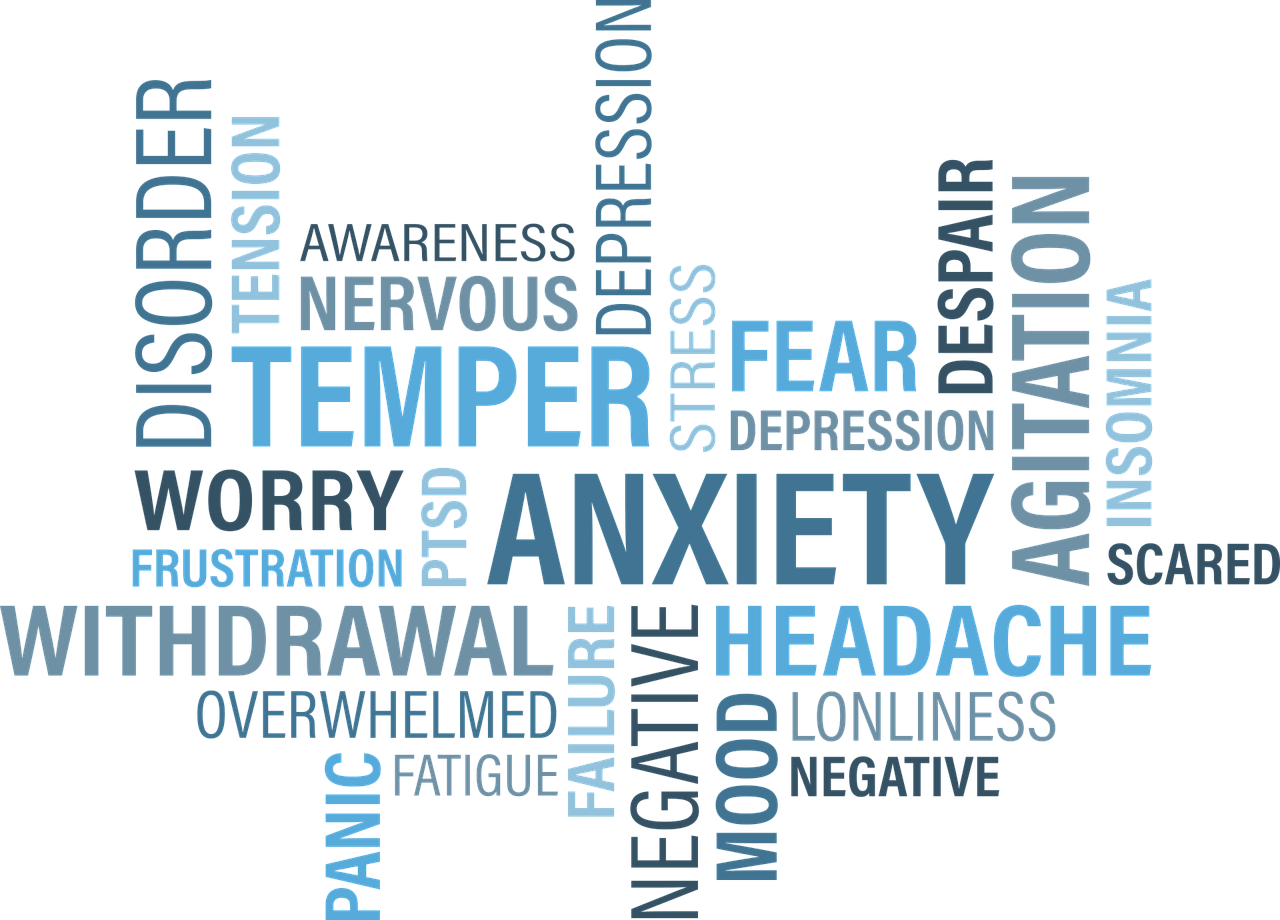
The first step to preventing anxiety is to simply follow your treatment plan as closely as possible. Your treatment plan is designed with your long-term well-being in mind and that includes your mental health. Things like exercise and a healthy diet will help with full-body wellness and they’re always the first things you should commit to if you want to feel happier and more motivated. If you’ve tried all of this and you’re still experiencing anxiety, cognitive behavioral therapy (CBT) is the best alternative.
Weight Management
COPD is commonly linked with weight loss. Due to the increased energy that it takes to breathe with COPD, a changing immune system, and other factors like a loss of appetite, many COPD patients find themselves losing an unhealthy amount of weight. Oftentimes, this weight can be muscle mass rather than fat which is the most dangerous part about it. Your body needs muscle strength in order to breathe and get around more efficiently, so it’s very important to keep a healthy weight with COPD.

Weight management is something that can be done at home. Your doctor has likely set you up with a new diet plan that includes high protein, fiber, and healthy fats. You should follow this plan as closely as possible. What’s more, you should eat regularly throughout the day instead of eating one or two big meals each day. This will prevent you from feeling exhausted or bloated after eating and keep your energy levels stable throughout the day.
![]()
The second thing you should be aware of is your exercise routine. Pulmonary rehabilitation isn’t just designed to keep your lungs strong, it’s also important for helping you manage your weight by keeping fat off and muscle on. Like your diet, the most critical thing with pulmonary rehab is consistency so try to incorporate fitness into your daily routine.
Healthy Sleep Habits
Your sleep/wake cycle doesn’t just affect your alertness throughout the day, it also affects your energy levels and your ability to take on the challenges that COPD presents. For example, someone with a healthy sleep schedule will have a better mental attitude and a better willingness to make lifestyle changes that will positively impact their respiratory health. A poor sleep schedule can also contribute to anxiety which can further exacerbate COPD.

The key to a healthy sleep schedule is consistency. Adults should be getting between 7 to 9 hours of sleep each night and your sleep schedule shouldn’t vary night-to-night. Try to get to bed and wake up at the same time each day. Doctors also recommend avoiding naps throughout the day, getting plenty of exercise, and avoiding using electronics before you go to bed.
If you’re concerned that you’re losing sleep at night due to low oxygen levels, you may want to speak with your doctor about using supplemental oxygen therapy while you sleep. You are likely already on some form of oxygen therapy, but using an oxygen concentrator while you sleep will ensure that your blood oxygen levels remain stable throughout the night. Portable oxygen concentrators like the Caire FreeStyle Comfort or the Inogen One G5 are great options because they’re small, quiet, and can be plugged into any wall outlet meaning they’ll never turn off on you in the middle of the night.
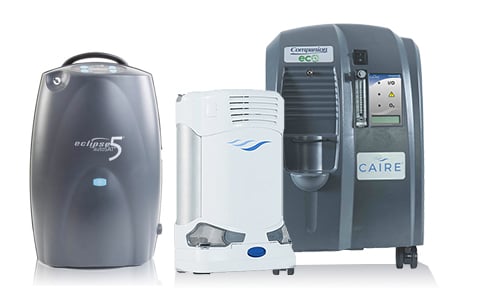
If you have obstructive sleep apnea (OSA) and need to use a CPAP or BiPAP machine while you sleep, you will need to use a continuous flow portable oxygen concentrator like the Respironics SimplyGo. This concentrator is designed to put out a constant stream of oxygen, so if your breathing is interrupted for any reason while you sleep, you can rest assured that you’ll still be receiving medical-grade oxygen.
Conclusion
When it comes to treating COPD, you need a comprehensive approach that takes into consideration all facets of your life from your sleep schedule to your mental well-being. Home remedies are a great way to make you more conscious about how your lifestyle is affecting your health and what steps you can take to reverse these issues.
At the same time, however, you need to be careful about what home remedies you use. Some people will make unfounded claims about dietary supplements or other remedies which can actually make your symptoms worse. This is why you should always consult your doctor before using a new product or making drastic changes to your lifestyle.
Above all, you should be focusing on the treatment plan that you’ve created with your doctor. Doing so will help you alleviate breathlessness, chest pain, and coughing associated with COPD and you can expect to see a better prognosis for your disease.


 So we can find the best portable oxygen concentrator for your needs!
So we can find the best portable oxygen concentrator for your needs!












